Massey Ferguson’s harvesting heritage, which stretches back centuries, has introduced many world first agricultural engineering innovations including, a combined stripper/thresher, the self-propelled combine harvester, PowerFlow header, in-cab electronic interactive display as well as GPS yield mapping, which began the precision farming revolution.
The roots to today’s harvesting expertise reach back to the mid-19th century with the founding of the Canadian farm equipment firms – the Massey Manufacturing Company of Toronto and A. Harris, Son & Company of Brantford. When they merged in 1891, they were not only the two most successful farm machinery companies in Canada, but also well-established on the international trading scene, exporting their wide range of harvesting equipment worldwide.
Among the products on offer were binders, reapers, reaper-threshers, rakes and mowers. At the 1889 Paris Universal Exposition Massey’s Toronto Light Binder was awarded the distinction of the ‘world’s greatest harvesting machine’.
The success in this early period resulted from the company staying right at the forefront of farm technology and drawing into the family other firms that showed a flair for innovation. Among these was H V McKay Limited, Australia’s biggest manufacturer of farm machinery in whom Massey-Harris acquired an interest in 1930. Back in the 1880s, McKay had added a separating mechanism to the existing stripper harvester (a machine that stripped the heads of grain and threshed them with a beater), patented the machine and, thereby, effectively created a ‘combine harvester.’
Under the supervision of Massey-Harris engineer, the Australian-born Tom Carroll, came the development of the world’s first commercially-viable self-propelled combine harvester, the Massey-Harris No 20. Dispensing with the need for draft animals or tractors, this all-in-one operation represented a major breakthrough in harvesting techniques.
Its knife extended the full width of the combine’s front-end and the engine was ingeniously made to drive the internal mechanism and propel the vehicle – either together or separately. The machine (later in the form of a lighter, more compact model, the MH No 21) proved itself during the Second World War when Massey-Harris set up its Harvest Brigade of 500 combines which gathered thousands of hectares of grain as the ripening season moved northwards across America.
The development of the self-propelled combine continued throughout the 1940s and 1950s. One of the first models to appear under the new Massey Ferguson name was the MF 35 in North America – a small, low-priced machine for small- to medium-sized farms. In the mid-1960s, following the introduction of new MF 300, 400 and 500 models, Massey Ferguson claimed 18% of the worldwide market for combines. One of the major developments in combines was the addition of an enclosed cab to protect the driver from the elements and, in particular, the dust thrown up by the harvesting process.
The first MF combine to boast a factory-fitted cab was a North American-built MF 750/MF 760 in the early 1970s. Integral cabs appeared on MF European-built models – the MF 500 and MF 600 – in the early 1980s.
In 1976, MF engineers headed by Jim McNaught developed the pioneering PowerFlow table – an innovation that is still making a difference on MF combines today. With PowerFlow, the crop is powered headfirst to the table elevator by means of rubber belts. This ensures an even feed into the machine and reduces table losses and machine blockages.
This increases output of up to 73% ha/hr in oilseed rape, for example. The design was originally presented at a meeting of the Royal Society of Engineers and received the Silver Medal at the UK’s Royal Show.
Combines continued to get bigger and bigger. In 1972, the MF 760 combine was one of the largest combines of its day and was used in Europe with 24ft (7.3m) tables. In the late 1970s, an MF 760 set the standard for harvesting 100 acres (41.6ha) in a day’s work. The MF 760 was superseded in the early 1980s by the MF 860 where engine horsepower had risen to a massive (for the time) 184hp driven by a Perkins V8 engine. In 1984, the Cascade Separator (which caught the grain that would otherwise have fallen to the ground and returned it to the machine via an elevator) was introduced on the MF 850 and MF 860. This could increase standard capacity by 10%.
In 1986, two rotary models – the MF 8560 and MF 8590 - were launched which employed a large rotor rather than a cylinder and straw walkers. At 14ft (4.2m), the latter had the longest rotor on any rotary model to this day. With the rotary launch, MF became the only company in the world at that time to offer both rotary and conventional combine technologies in the high capacity sector.
Electronics took combine development to a higher plane in the early 1990s and set the scene for precision farming techniques. Again, Massey Ferguson was in the vanguard. Datavision (initially known as Daniavision) was the first in-cab interactive information display. Then in 1991, Massey Ferguson introduced the first yield-mapping system on its combines. Using GPS satellite navigation, Datavision and the highly-accurate Yield Meter farmers were able, for the first time, to track the amount of crop produced in each area of their field.
Other developments have included Automatic Table Height Control which allows the combine table to hug ground contours and maintain a constant cutting height, and Constant Flow which keeps the combine fully-loaded in different crop densities by sensing the load on the cylinder and electronically varying the combine’s forward speed.
The timeline to an unrivalled harvesting heritage:
- 1938 Massey Harris 20 - the first ever self-propelled combine
- 1944 Harvest Brigade - “a self-propelled victory”
- 1948 MH 726 - the first fully manufactured combine in Kilmarnock, Europe
- 1950 The Ferguson ”Wrap Around Combine”
- 1953 The merger of Massey-Harris and Ferguson
- 1956 Breganze, Italy begins combine production
- 1958 The birth of the Massey Ferguson brand
- 1961 Tom Carroll, Massey-Harris engineer who perfected the first self-propelled combine retires
- 1965 Manufacturing at Eschwege, Marquette, Kilmarnock & Brantford
- 1972 MF 760 - largest combine ever produced to date
- 1977 Introduction of the PowerFlow table
- 1990 The acquisition of Dronningborg, Denmark
- 1991 Introduction of Yield Mapping
- 2009 Introduction of MF Delta Hybrid
- 2011 AGCO acquires Breganze Combine Manufacturing Plant, Italy
- 2012 Introduction of the Skyline Cab

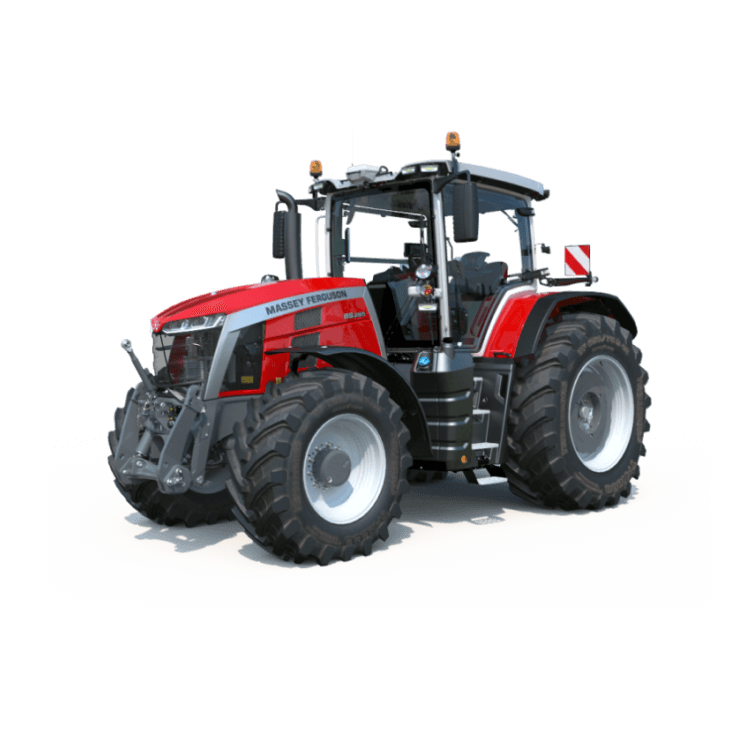
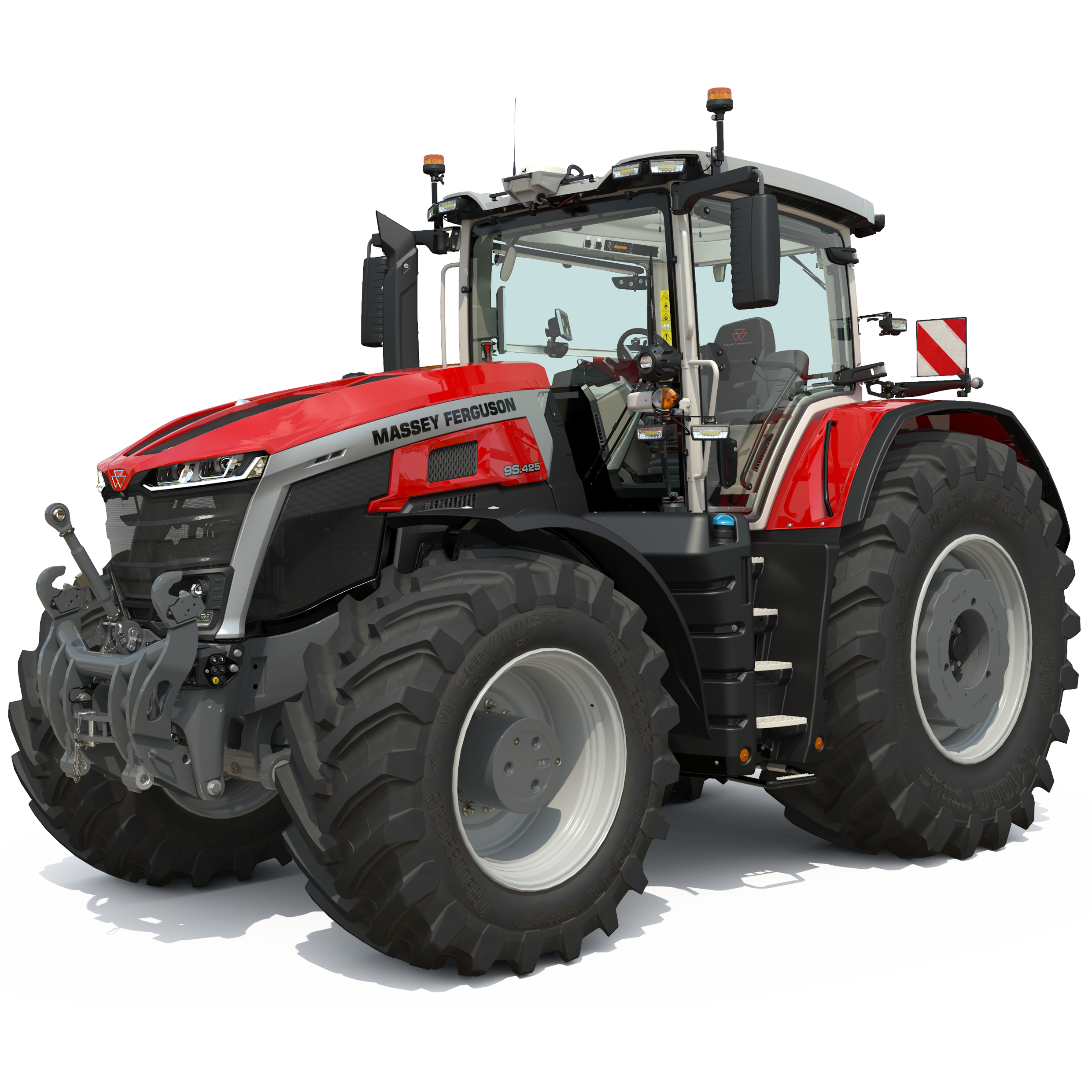
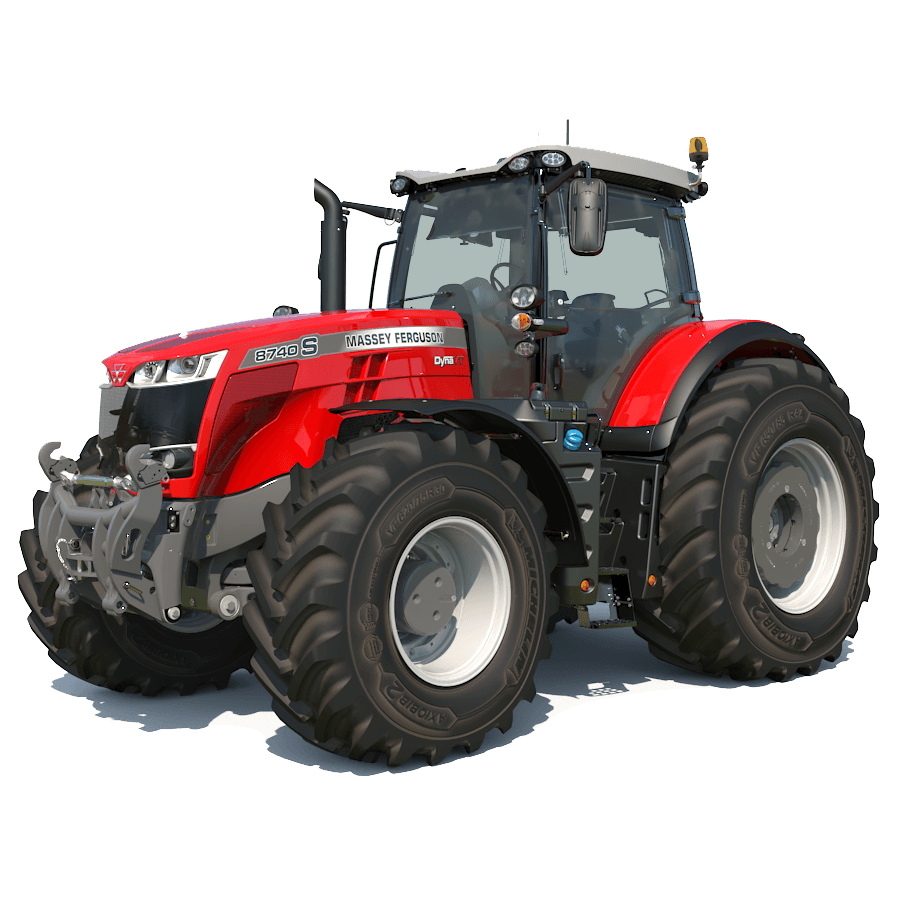
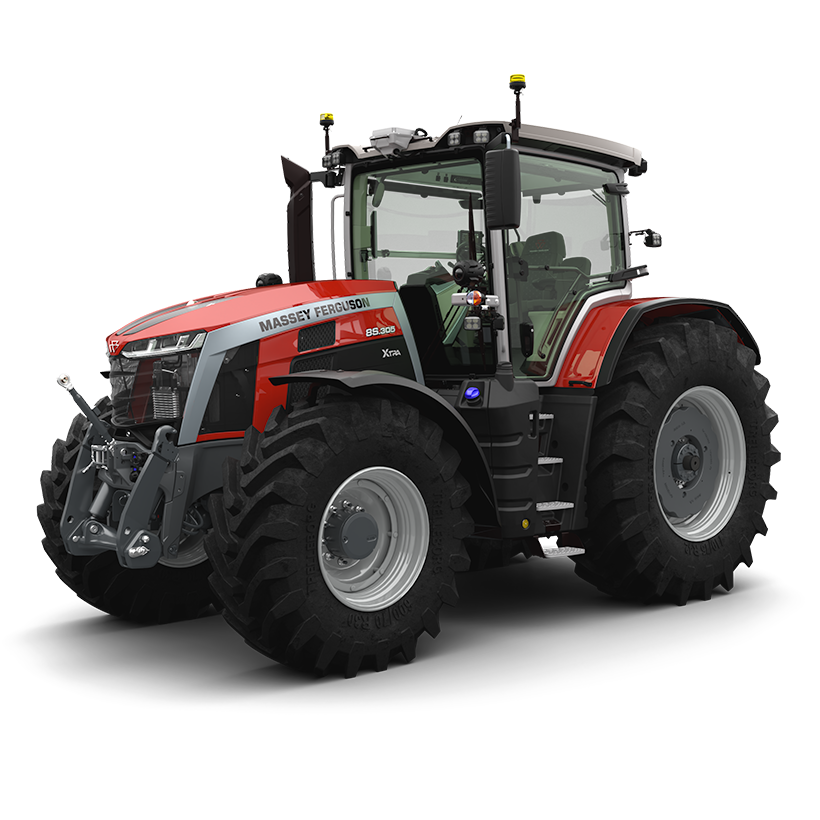
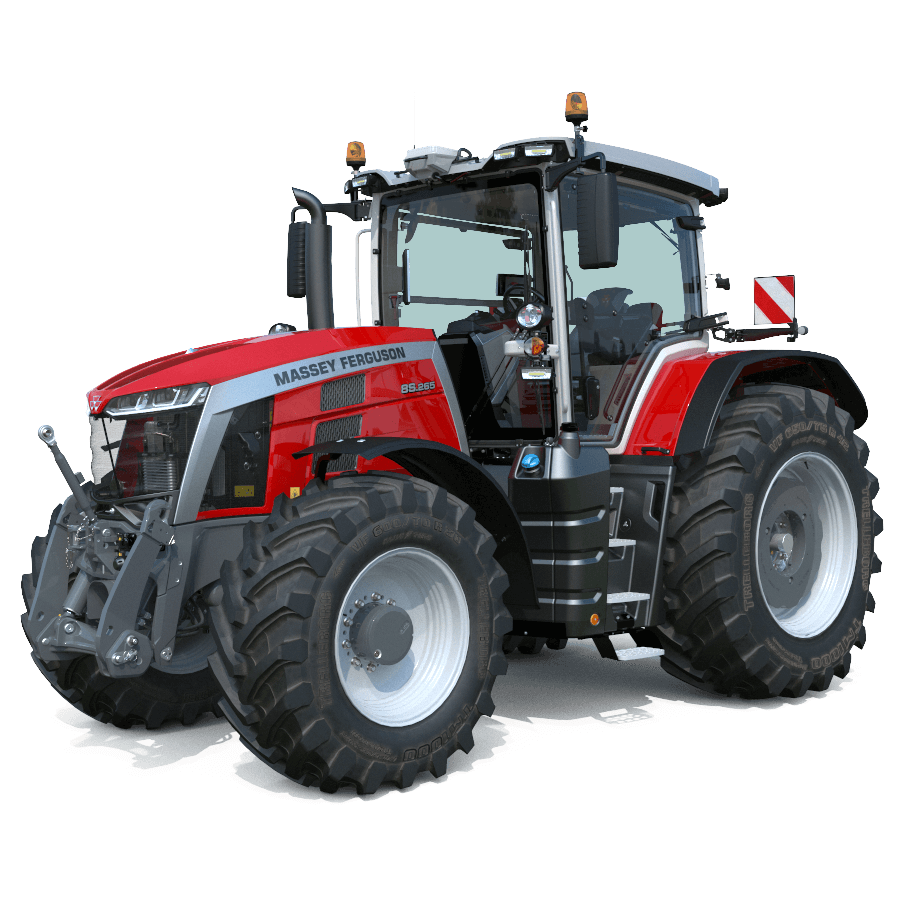
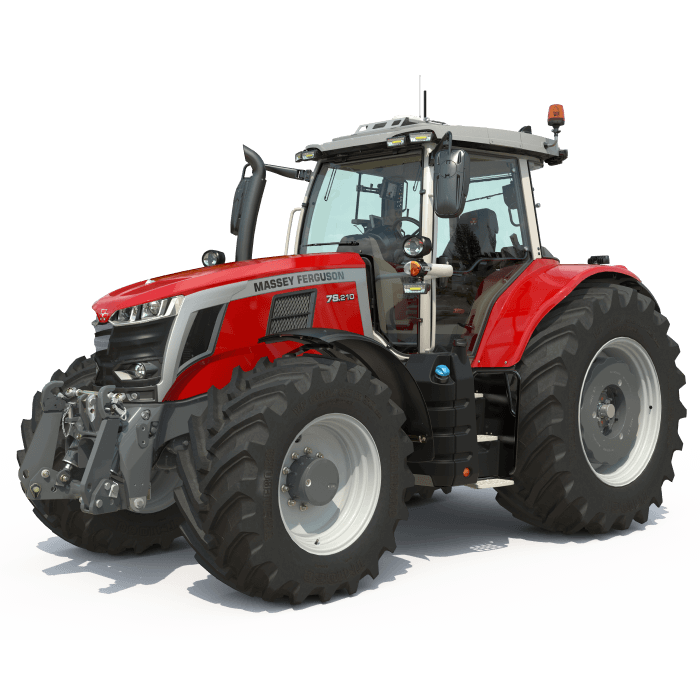
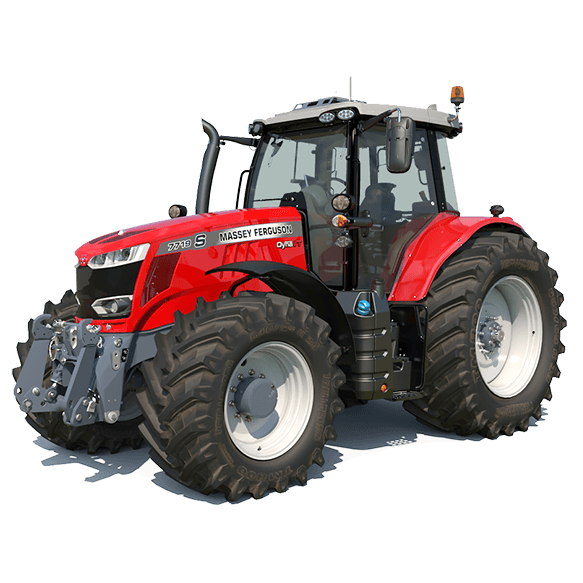
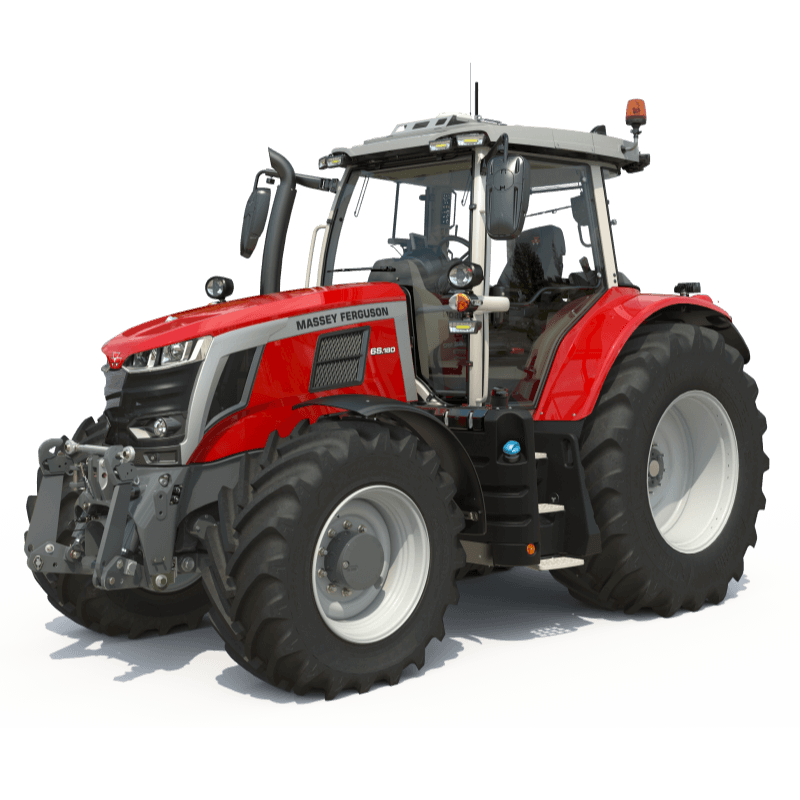
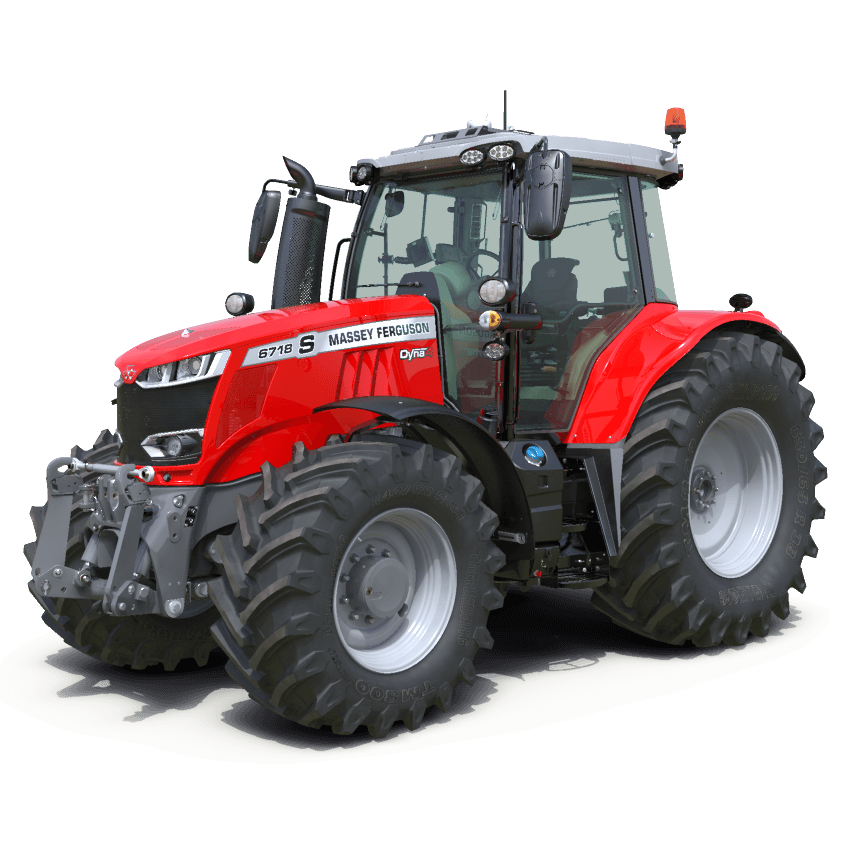
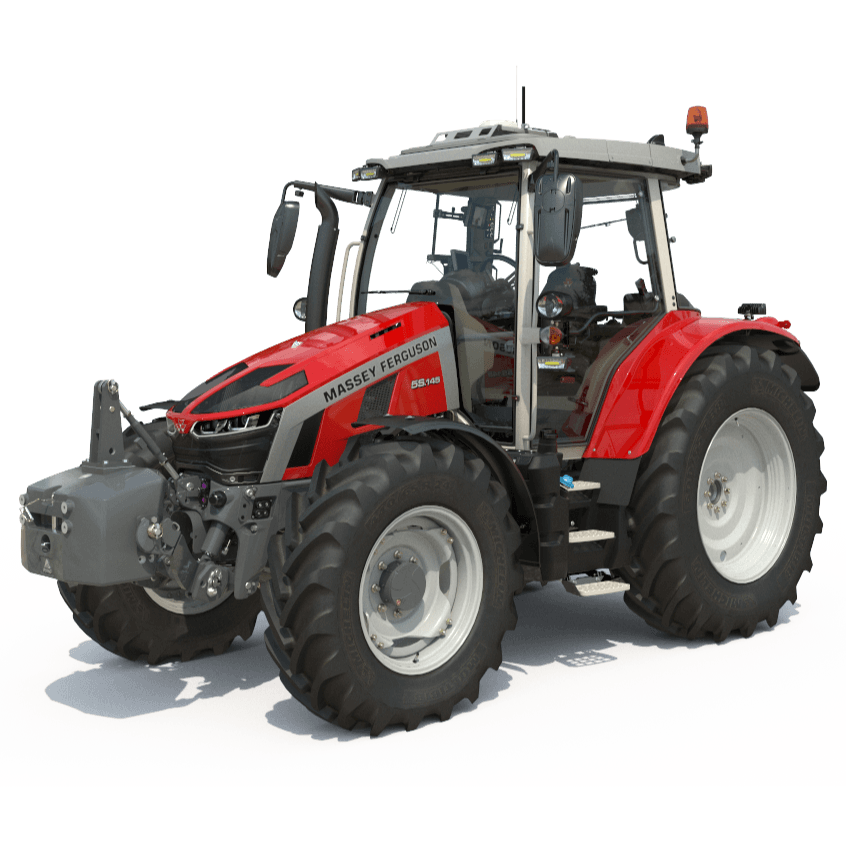

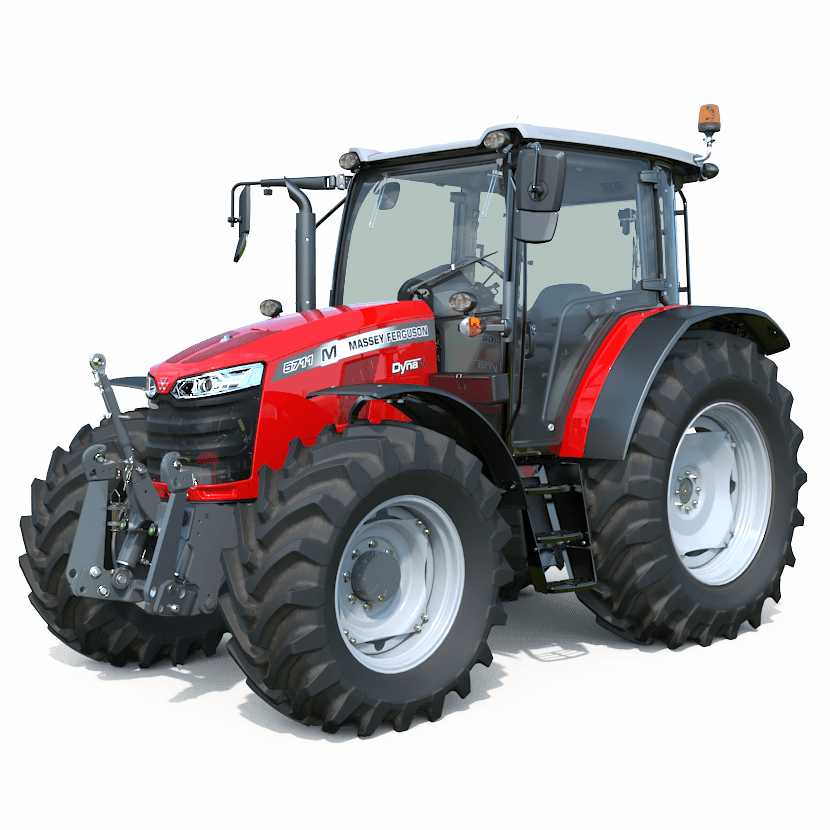
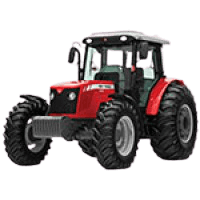
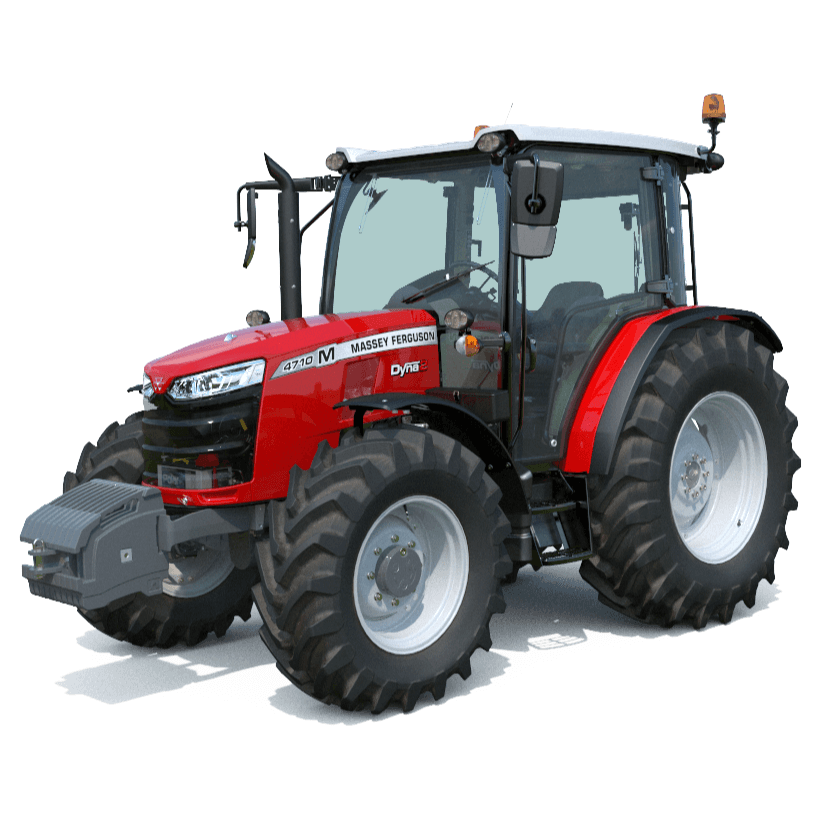
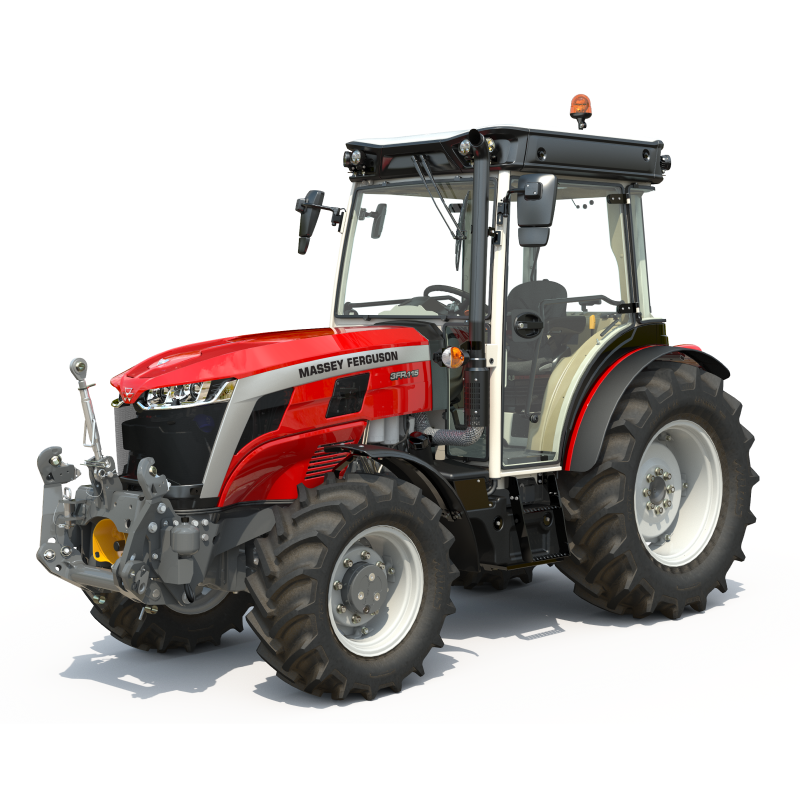
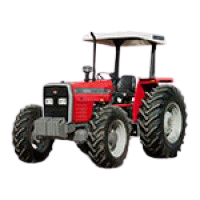
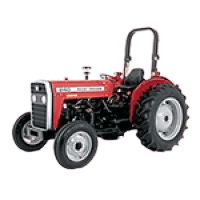
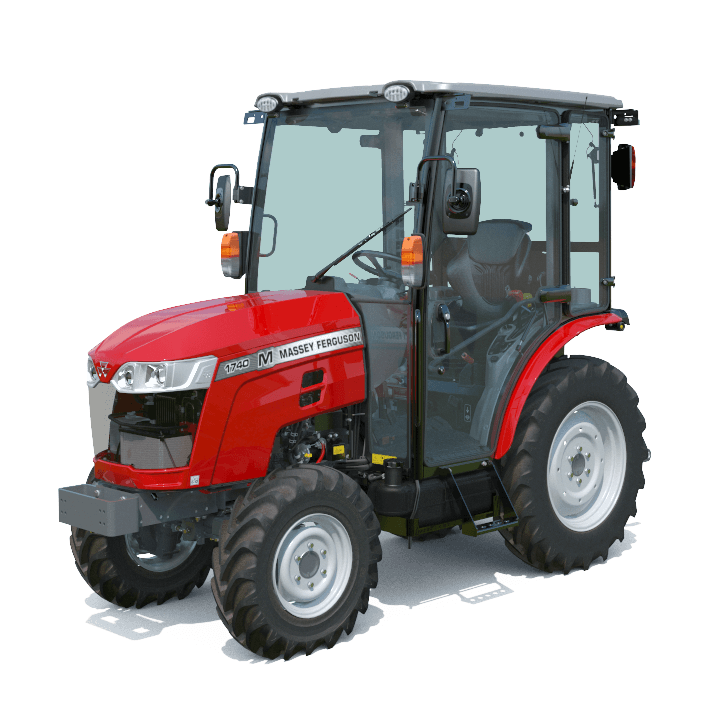
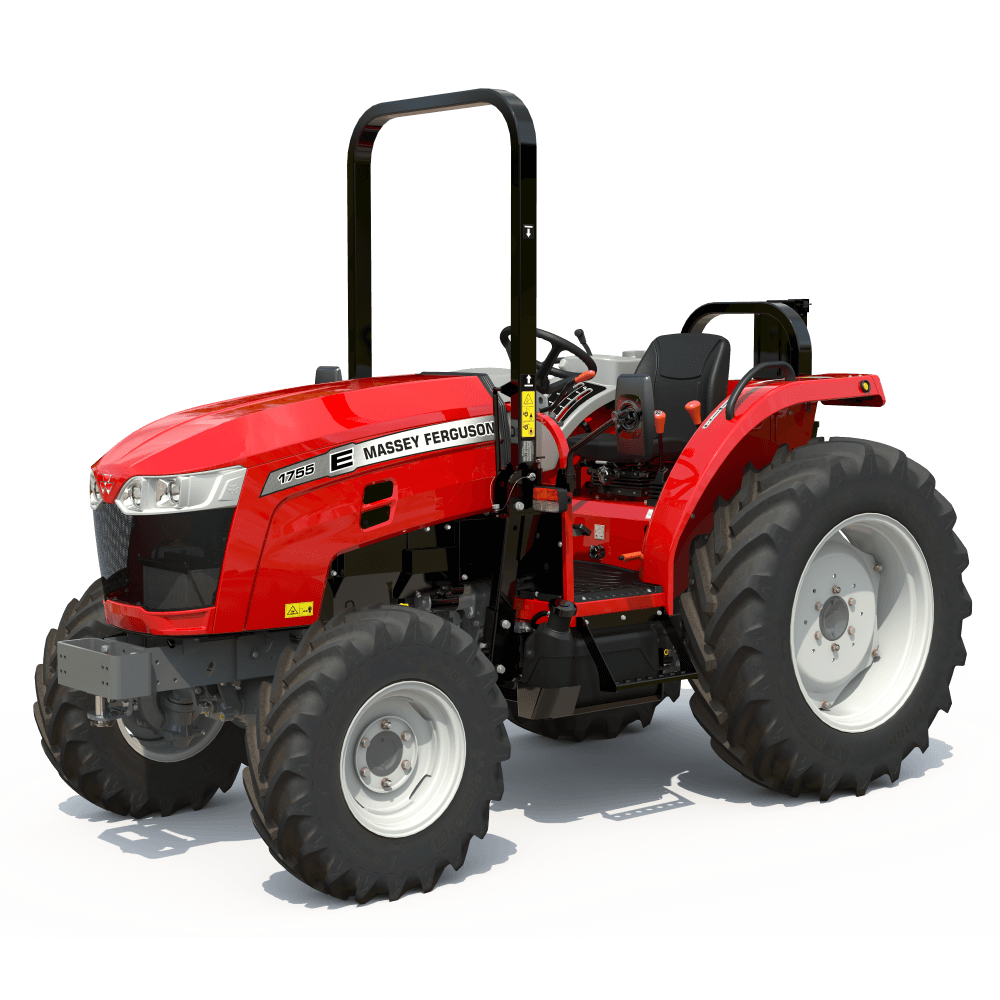
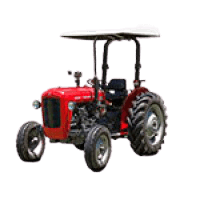
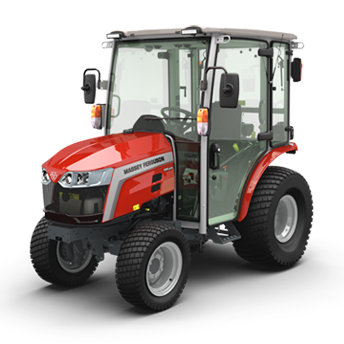
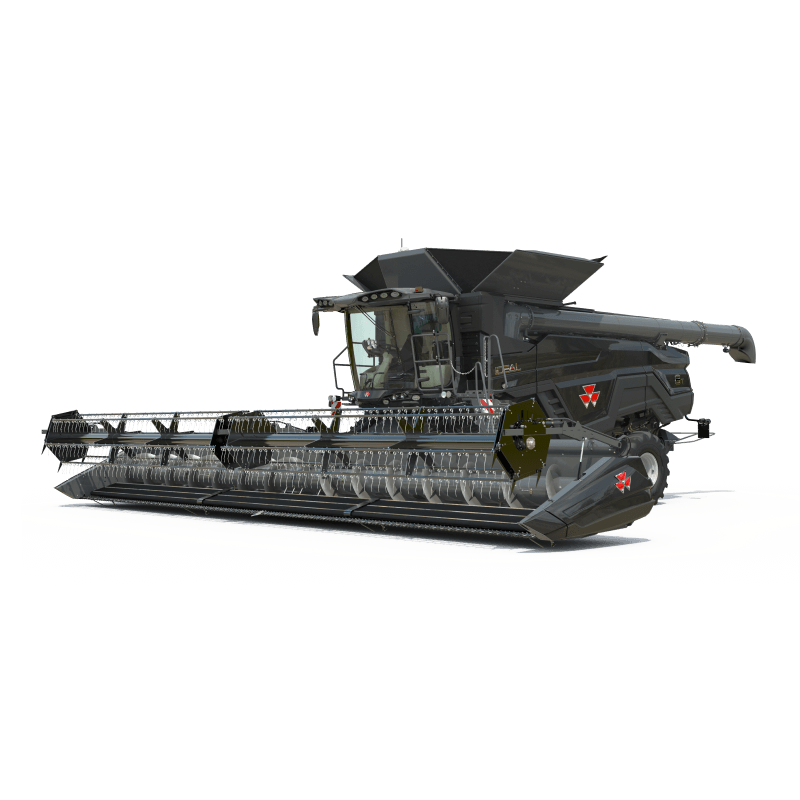
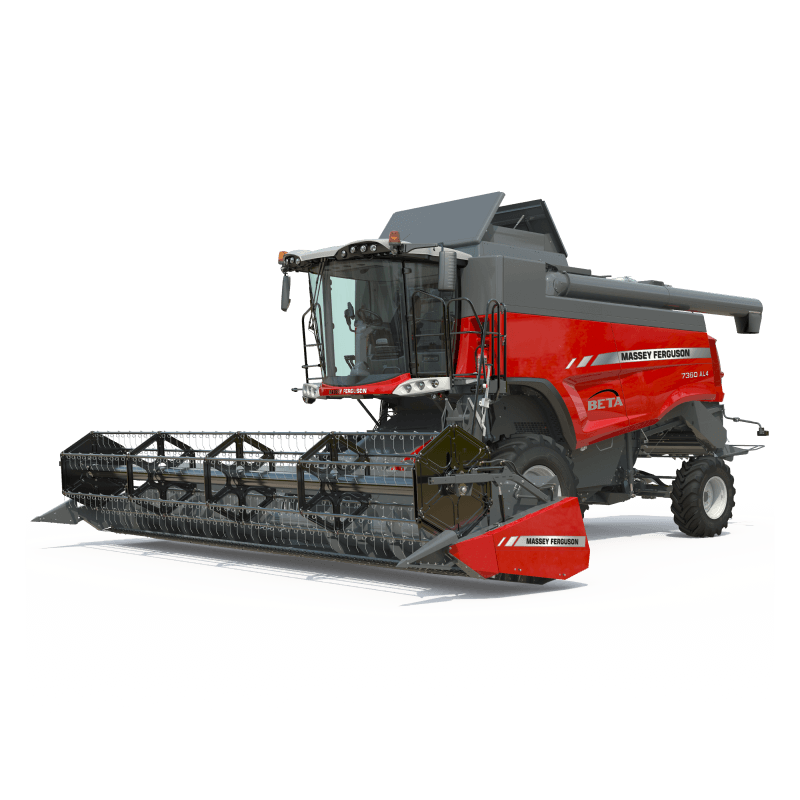
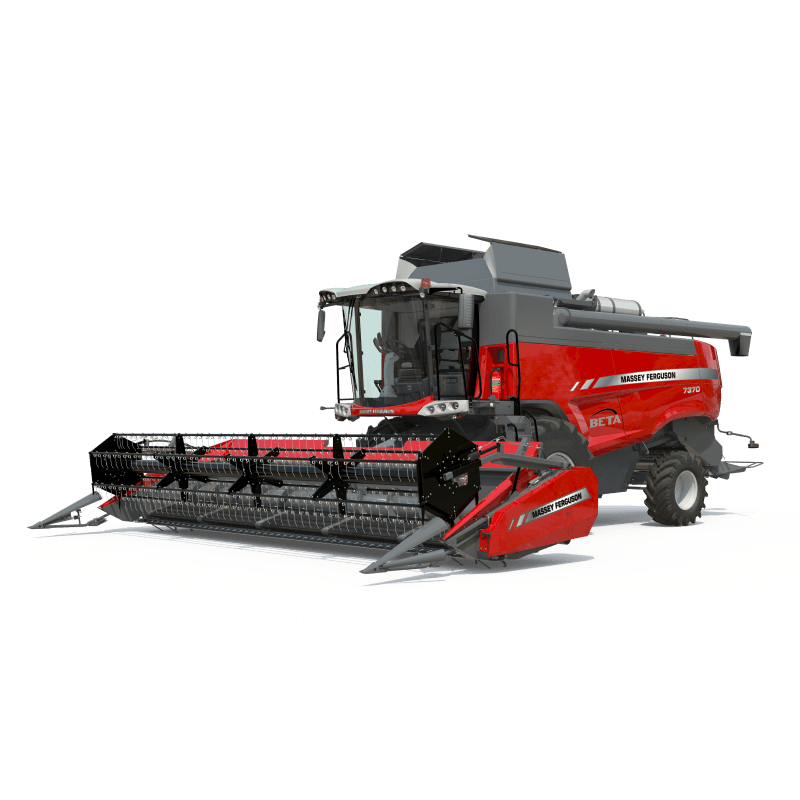
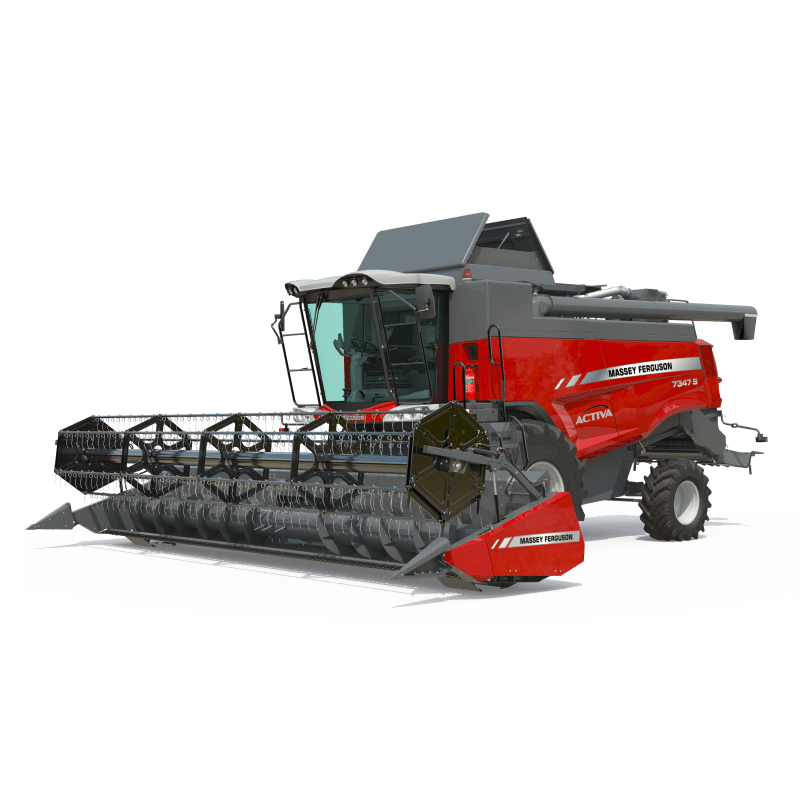
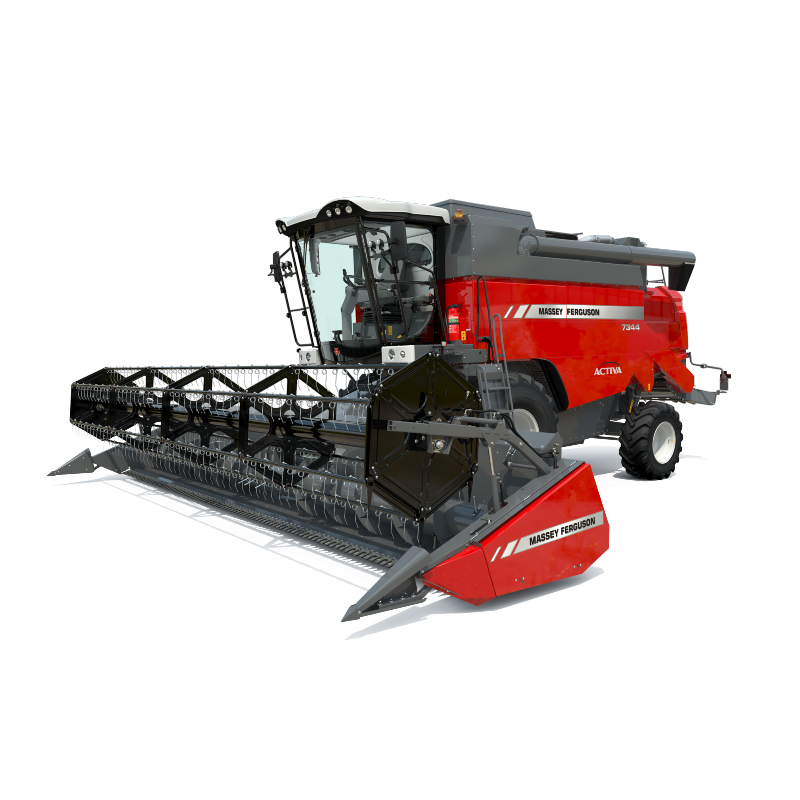
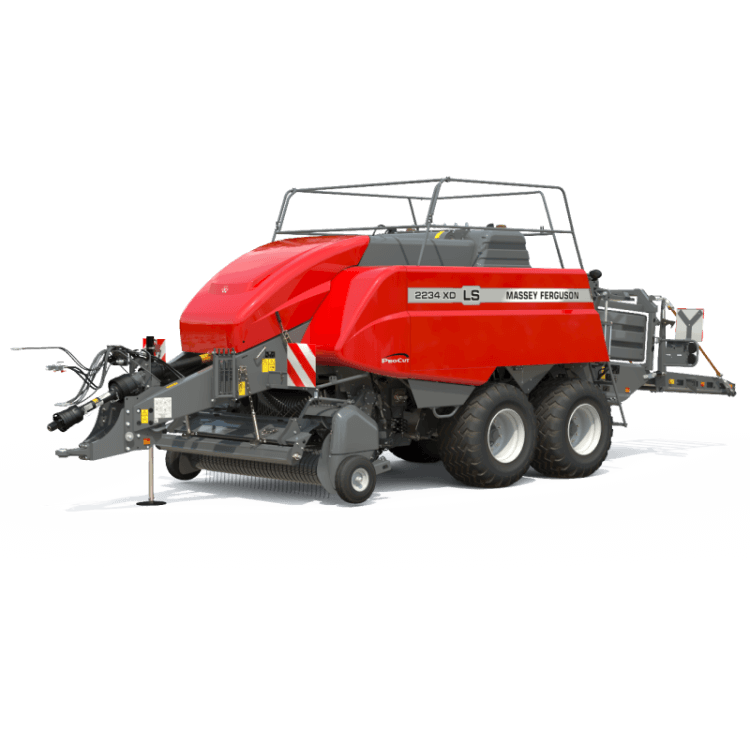
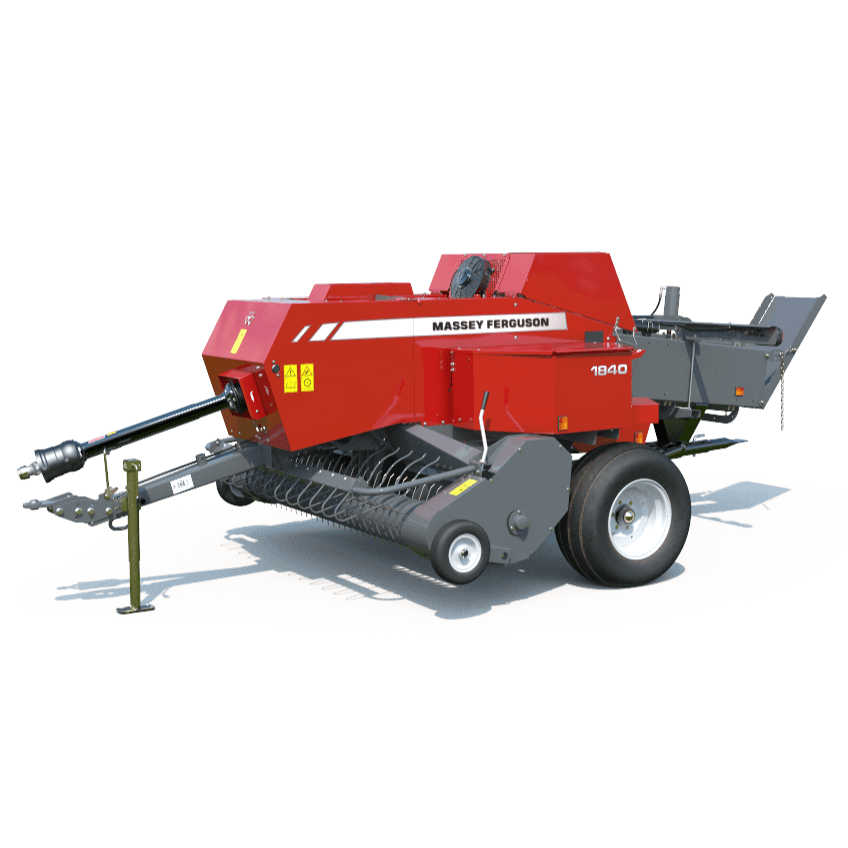
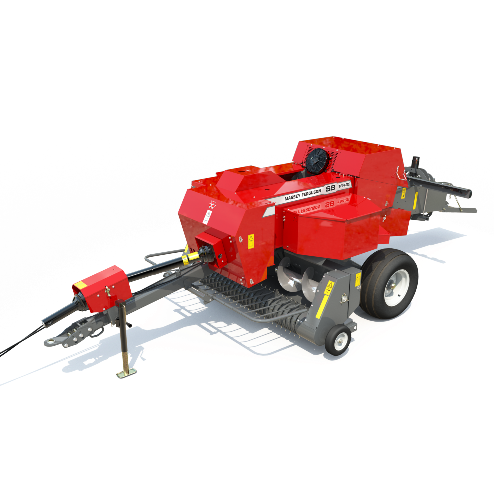
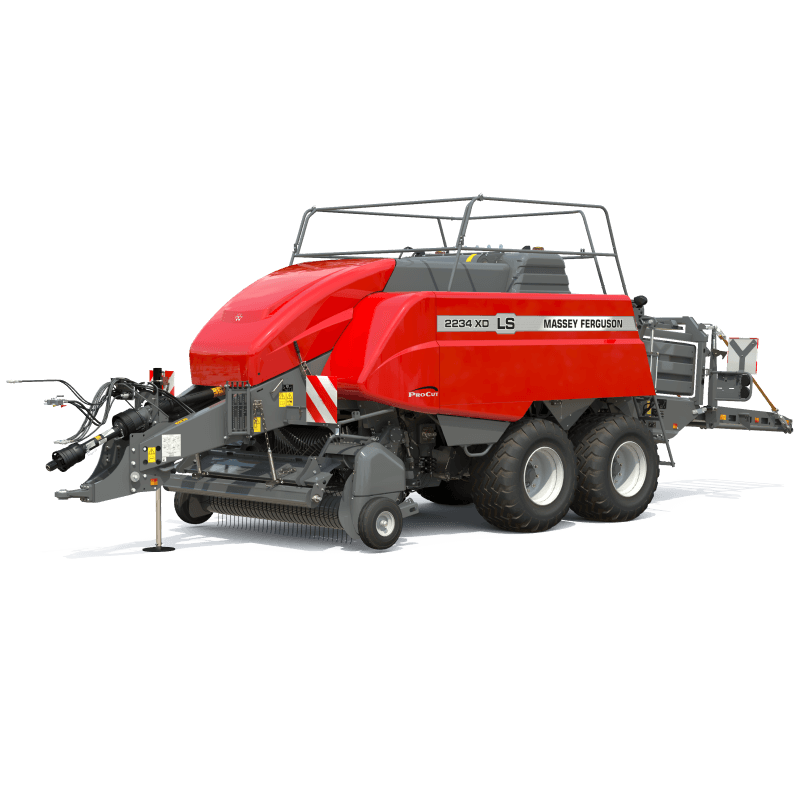
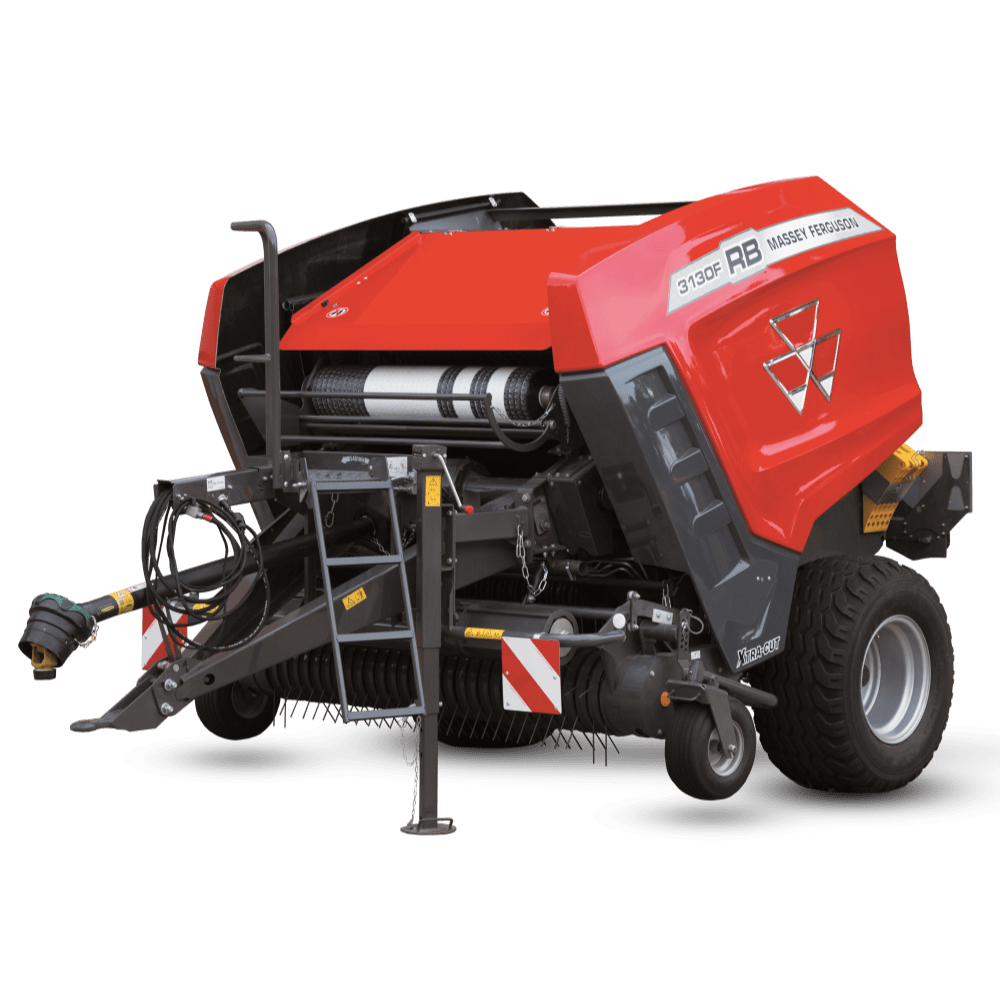
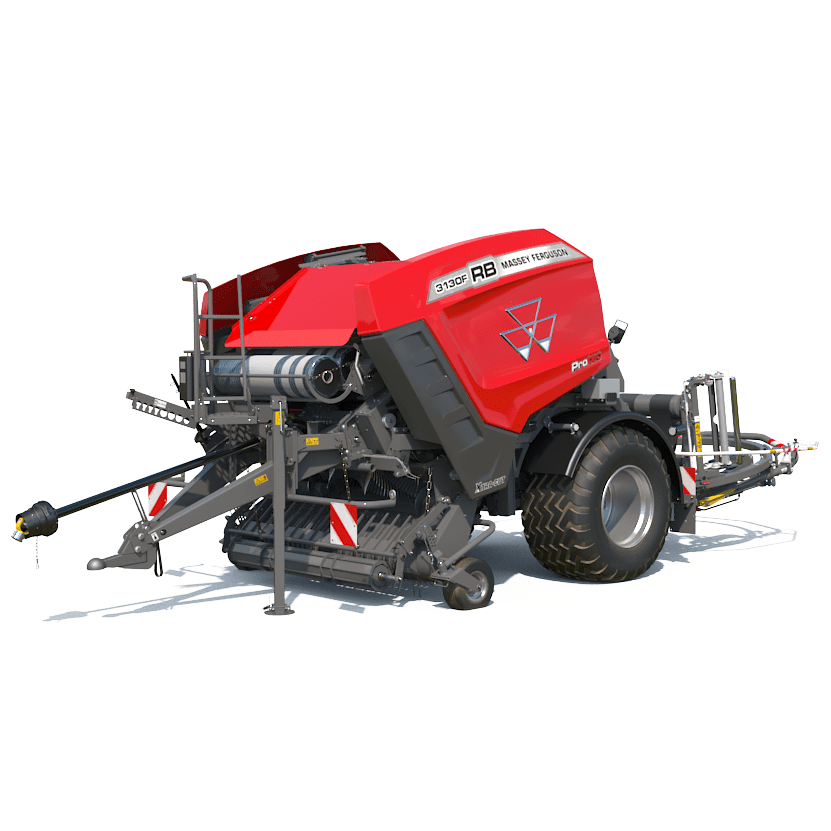
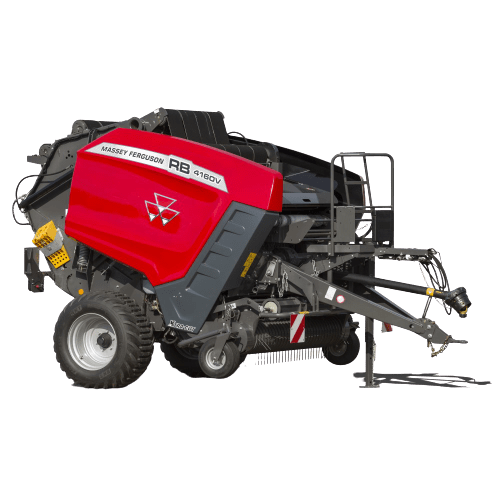
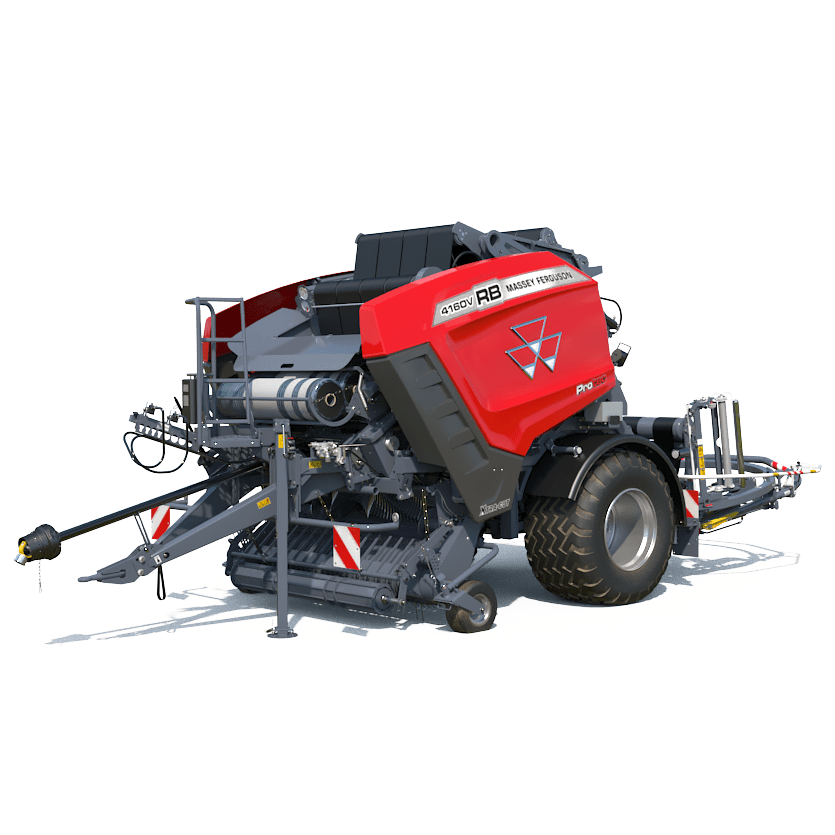
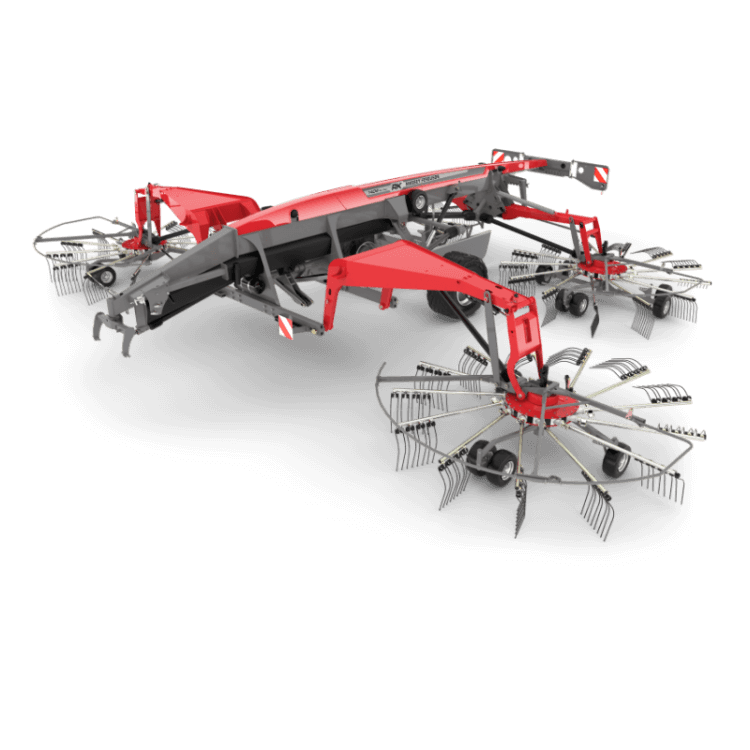
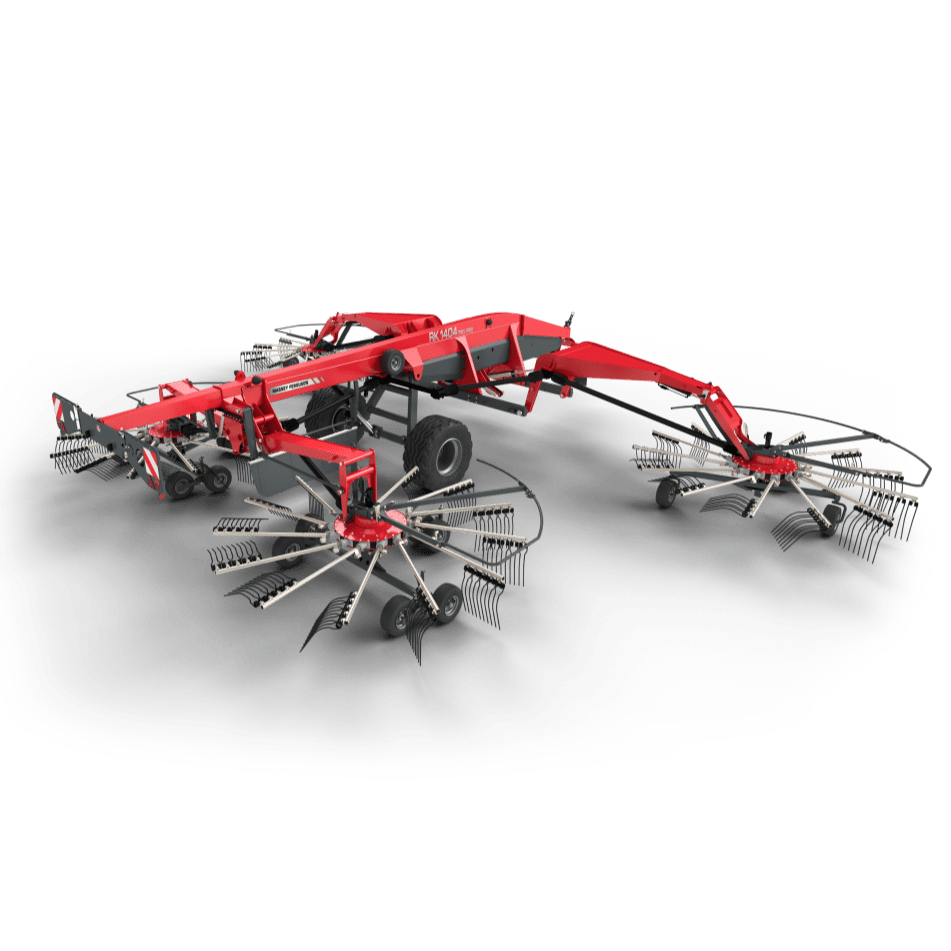
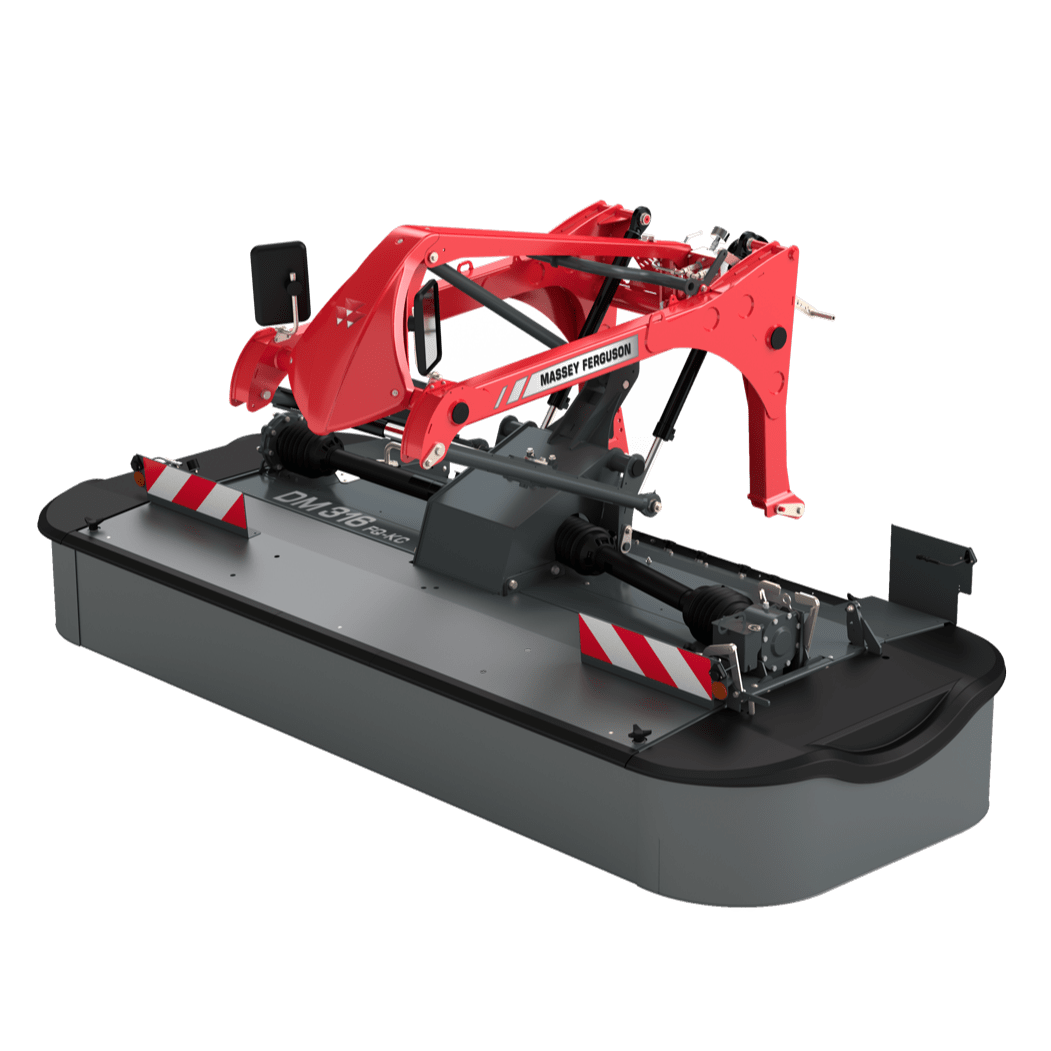
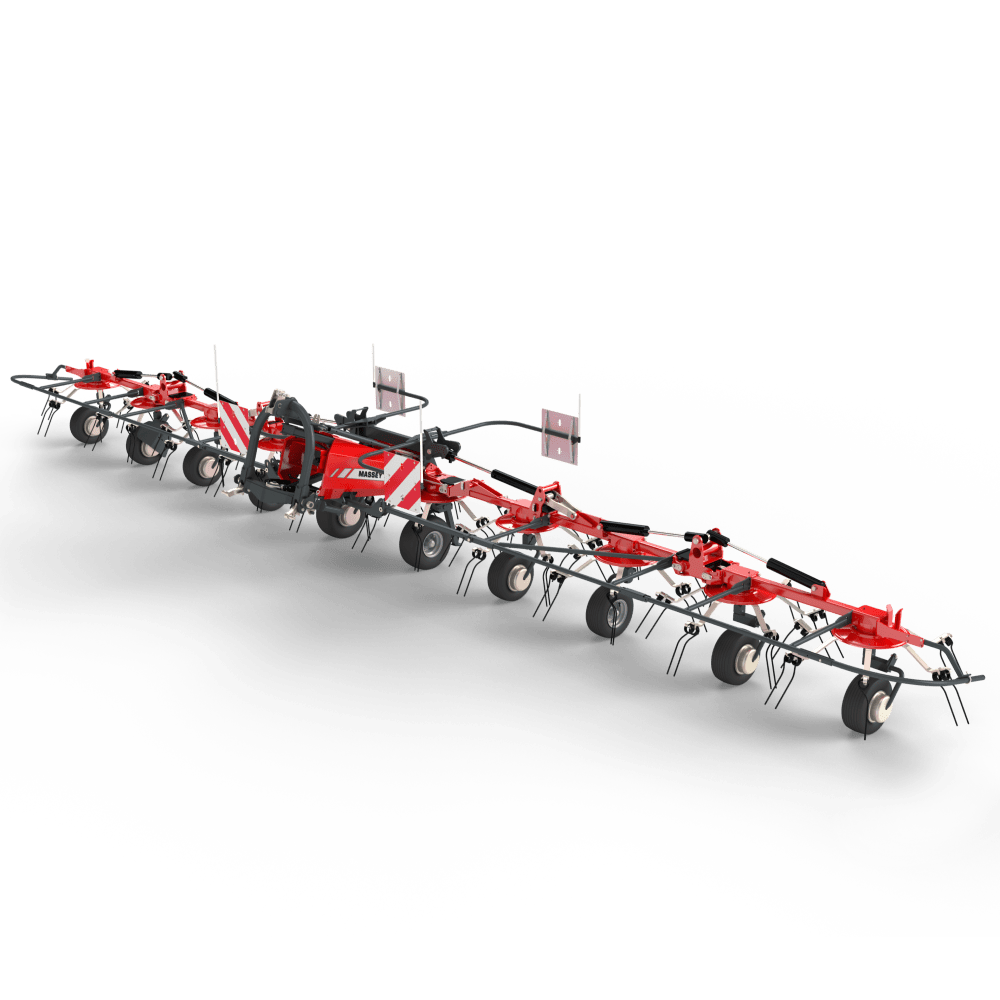
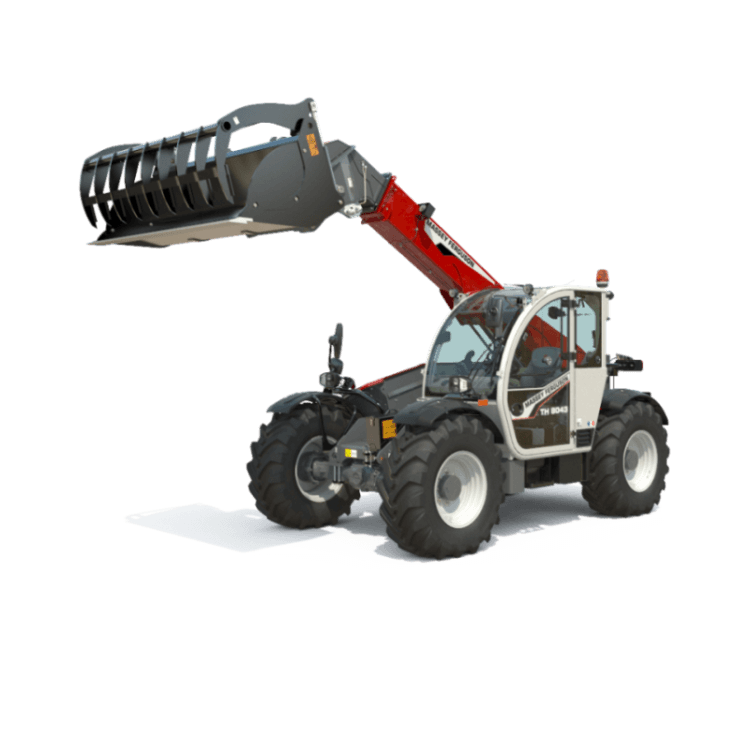
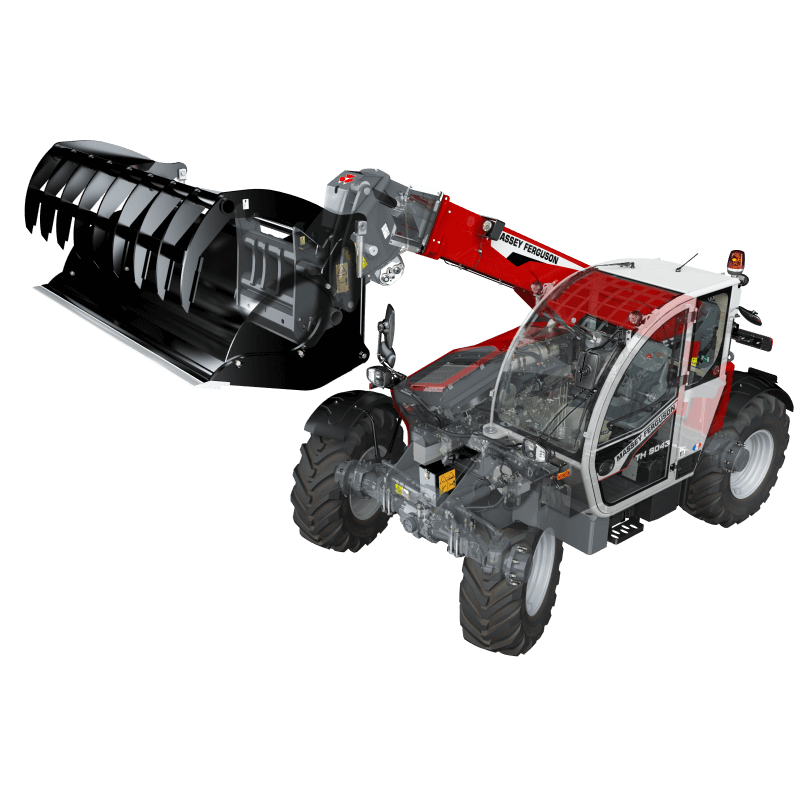
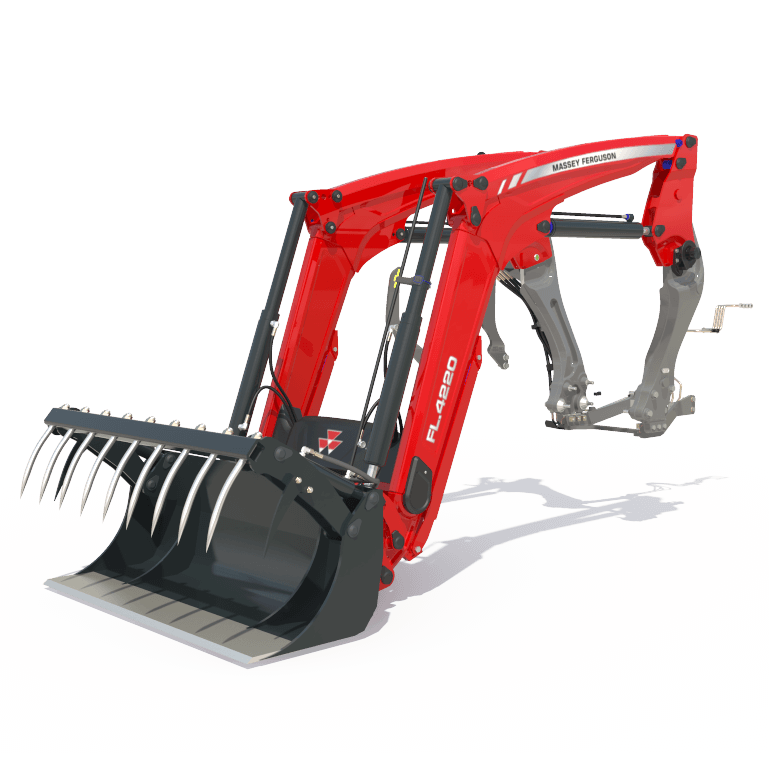
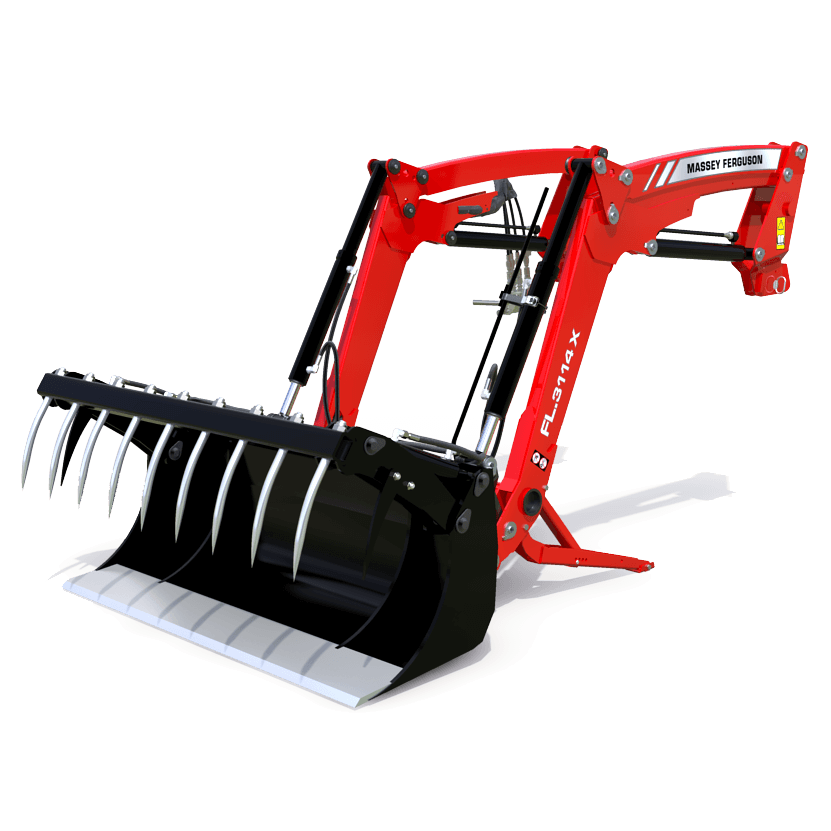
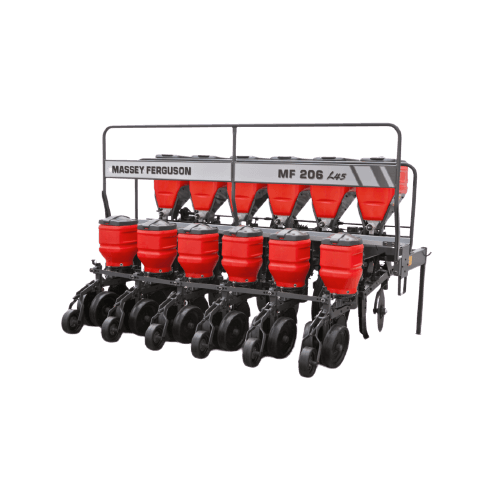
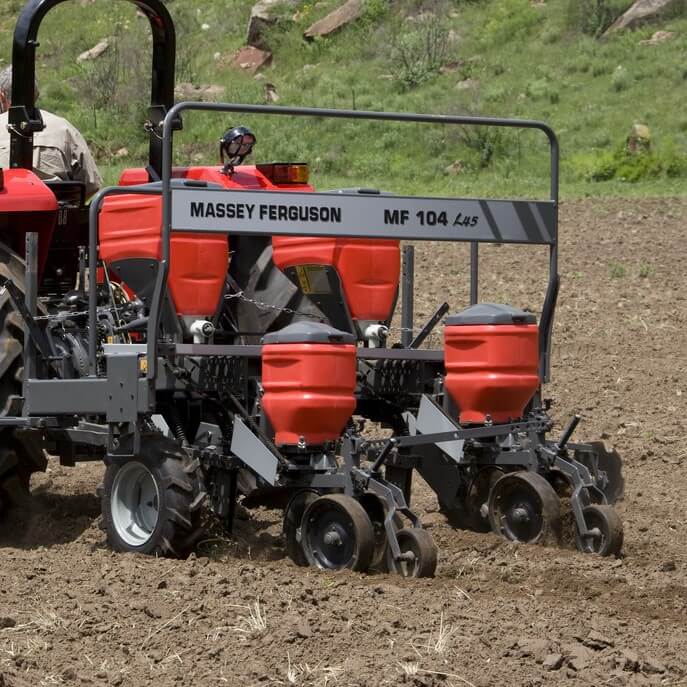
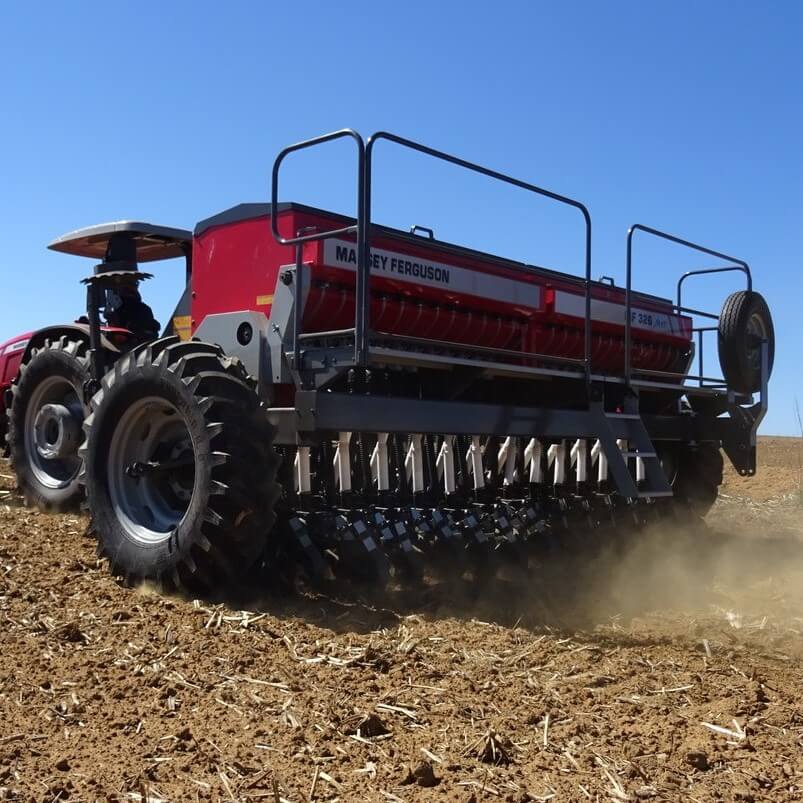
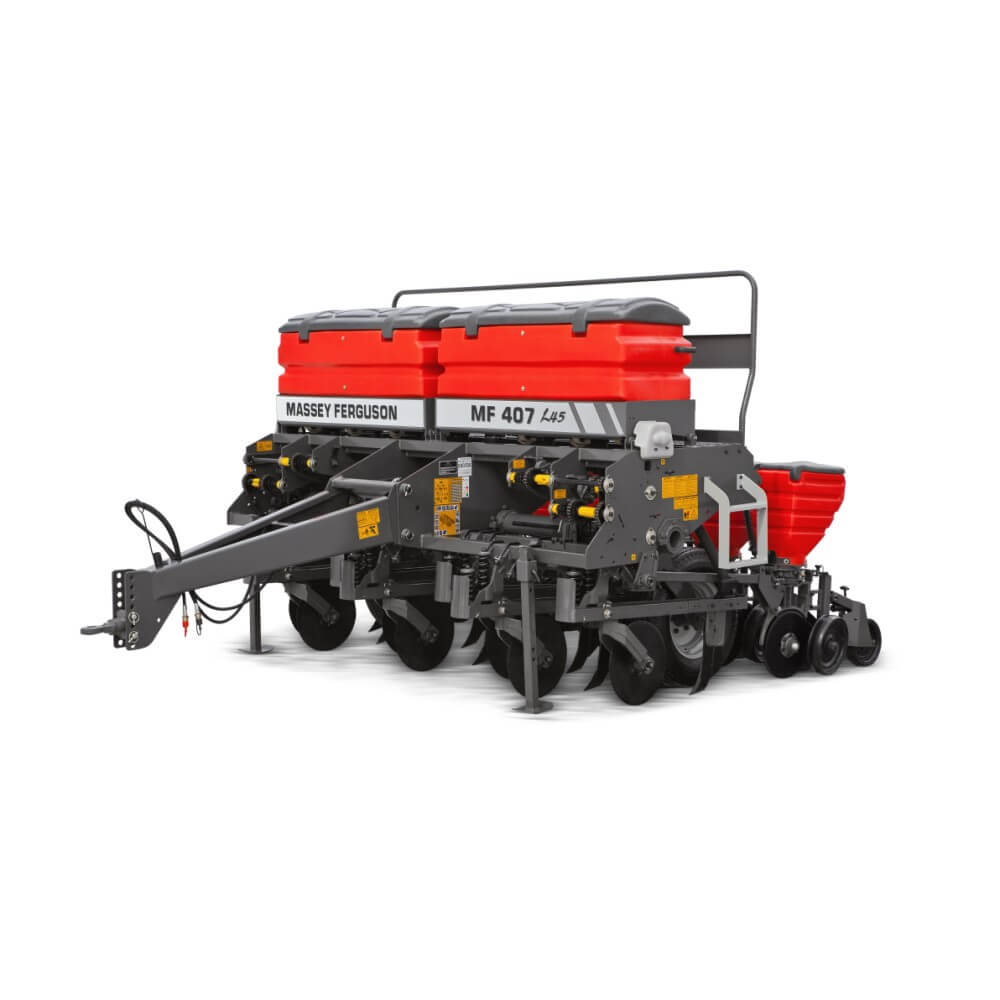
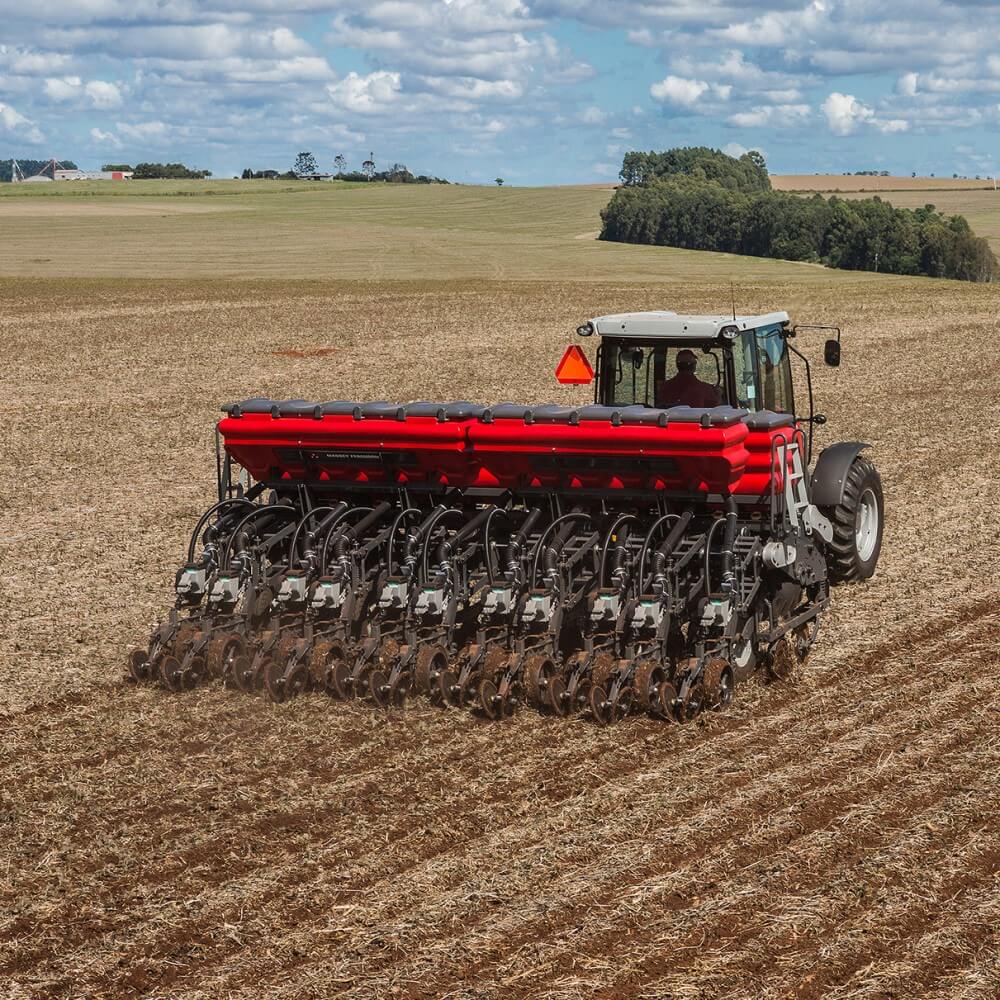
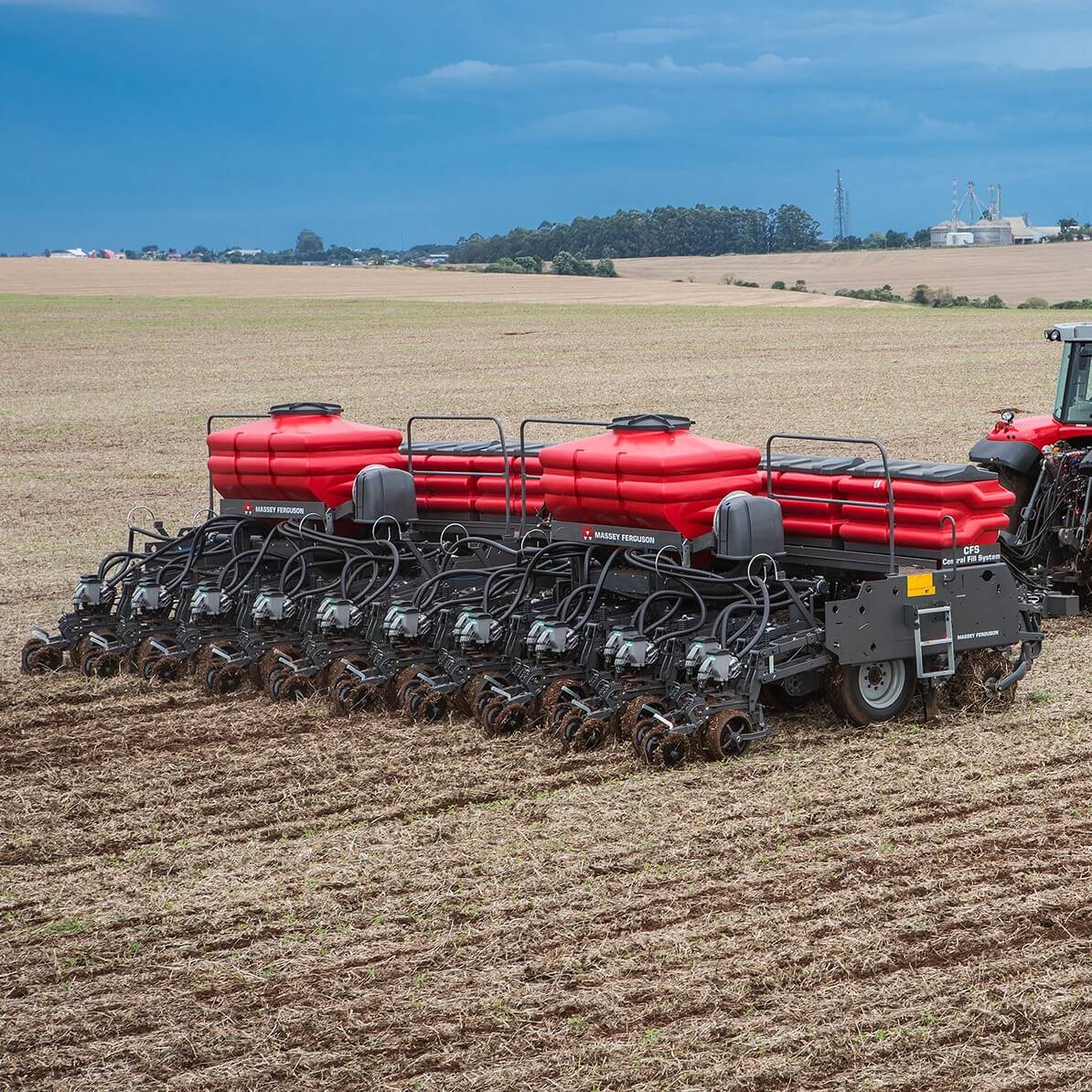
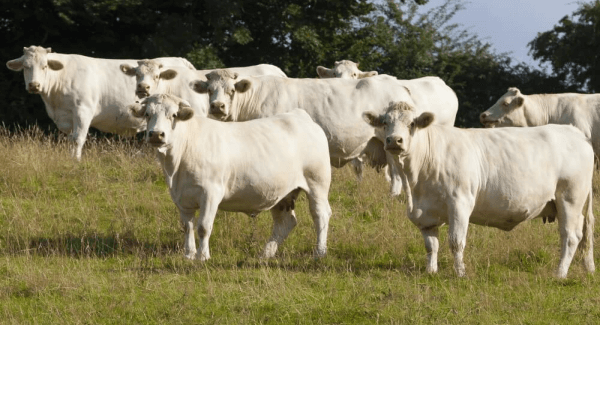
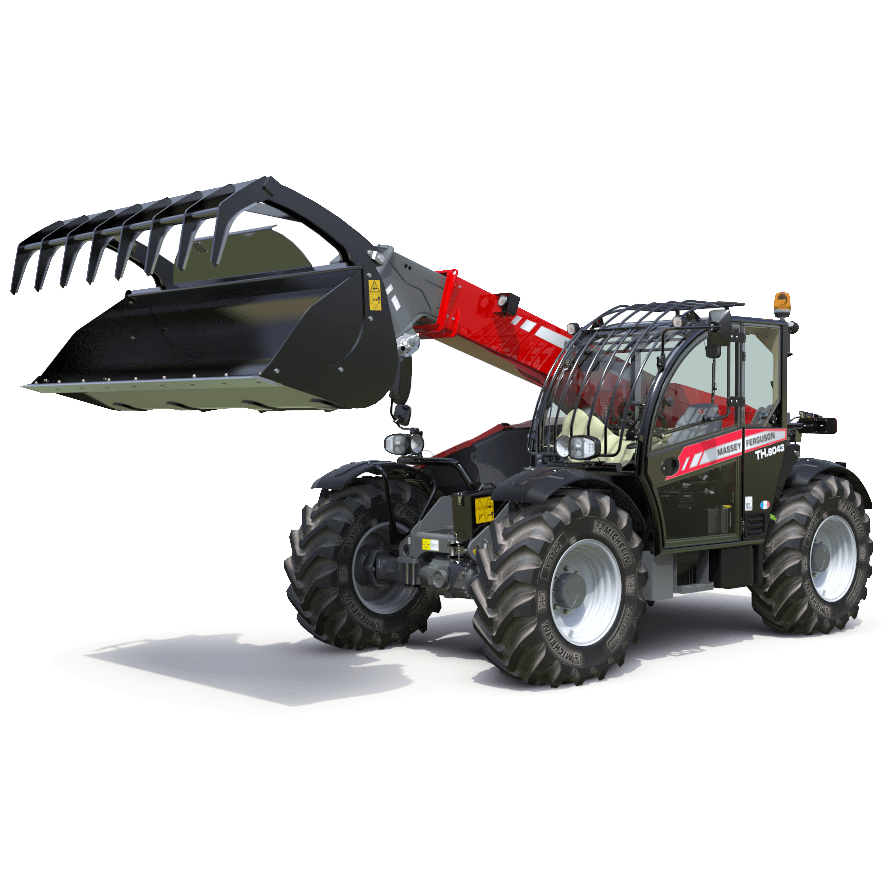
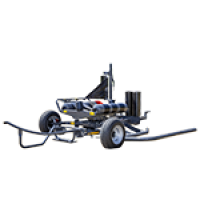
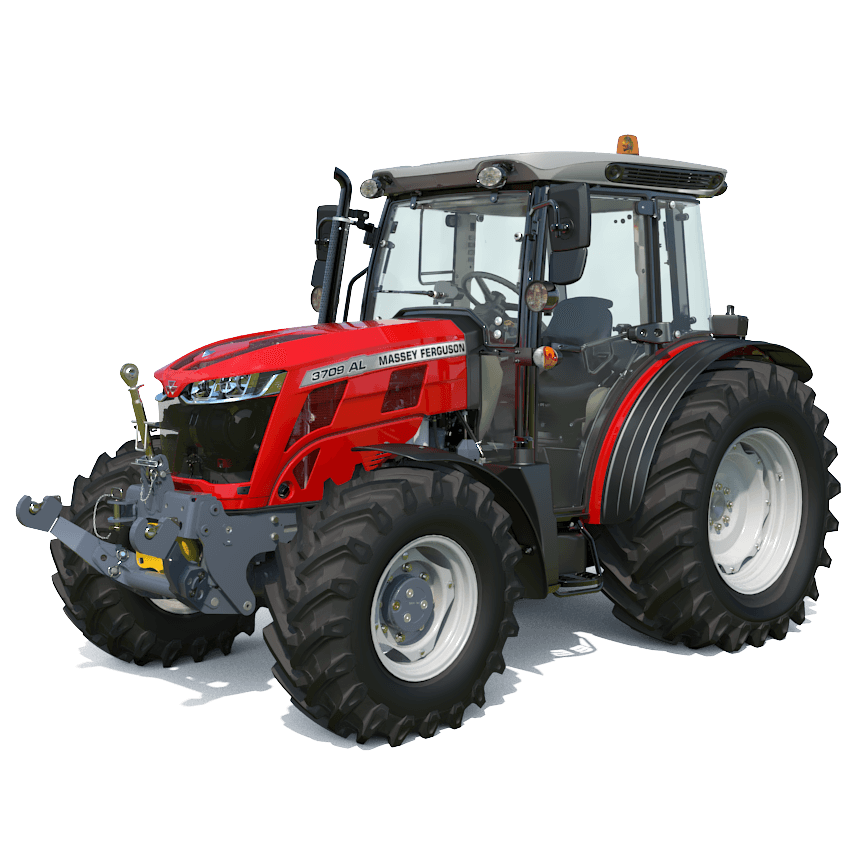
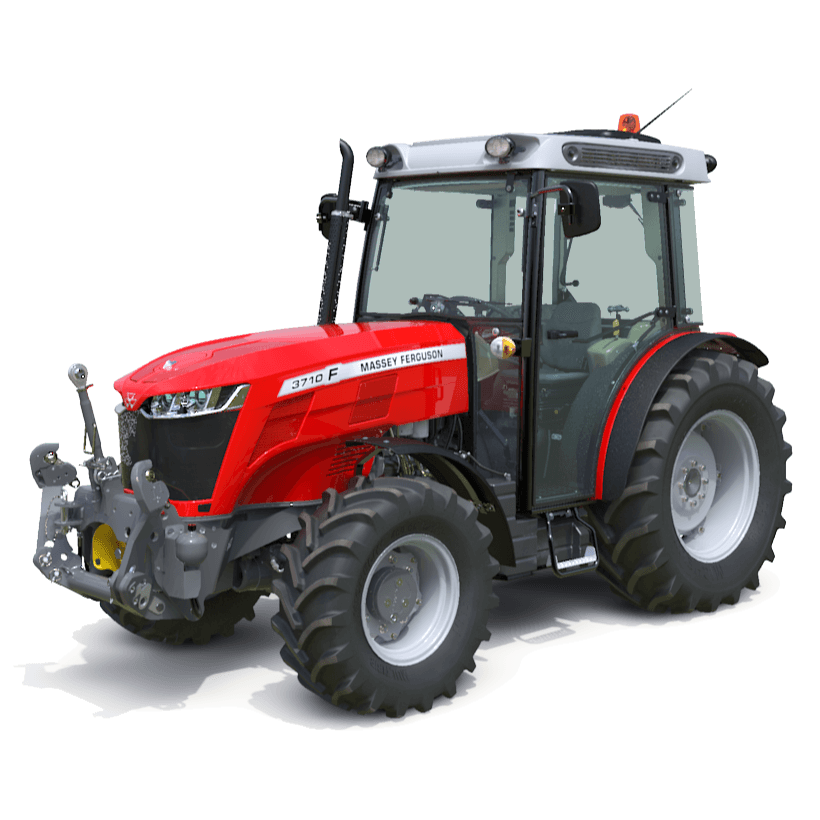
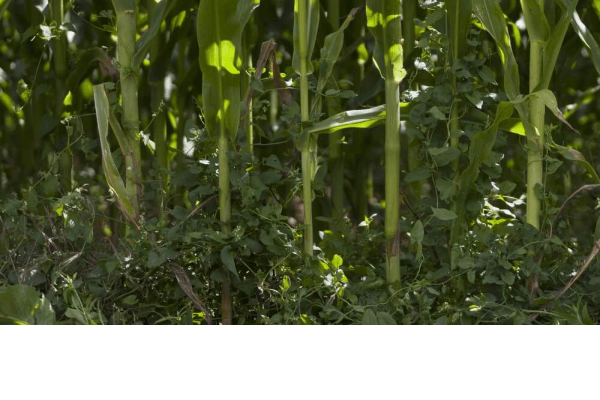
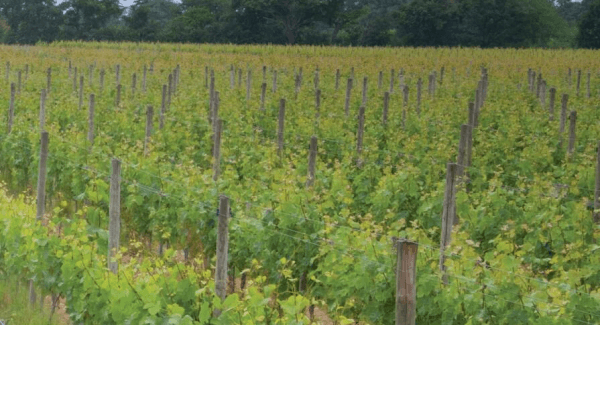
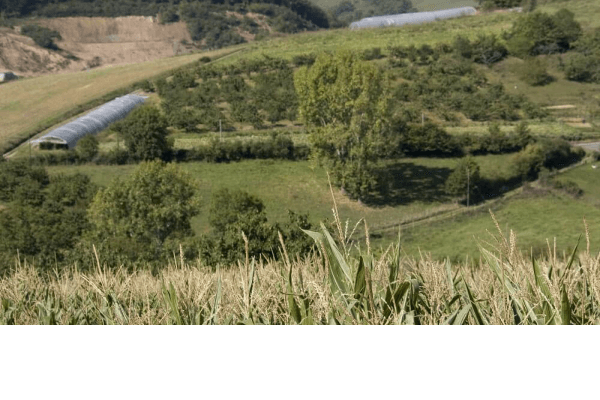
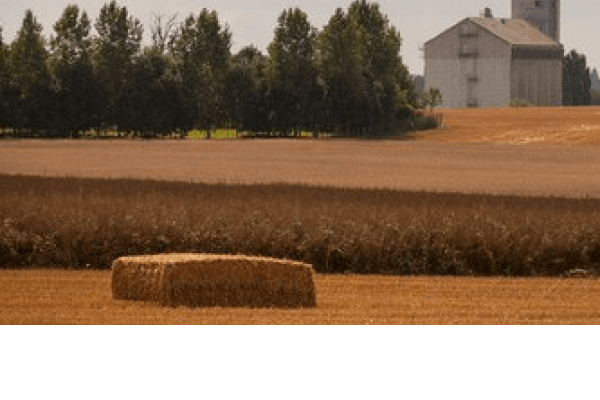
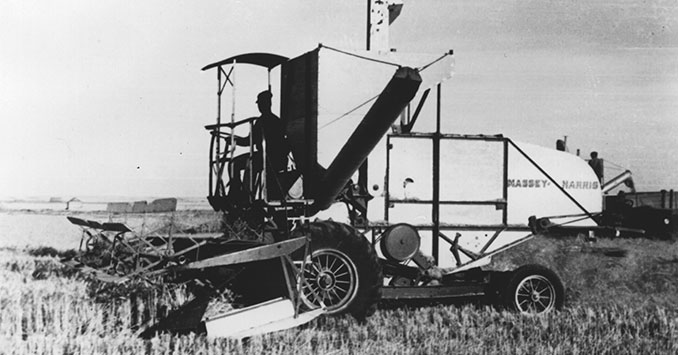
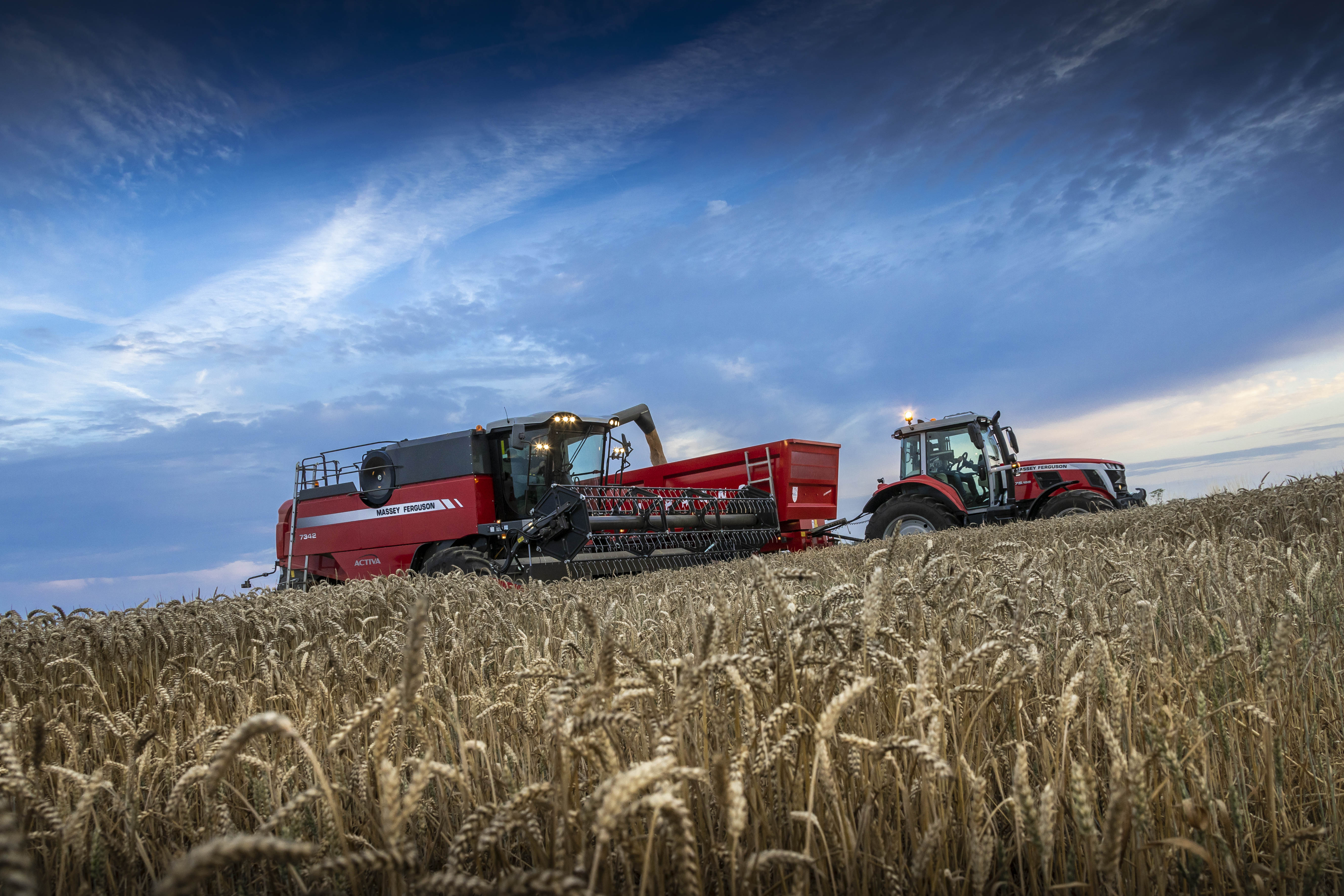
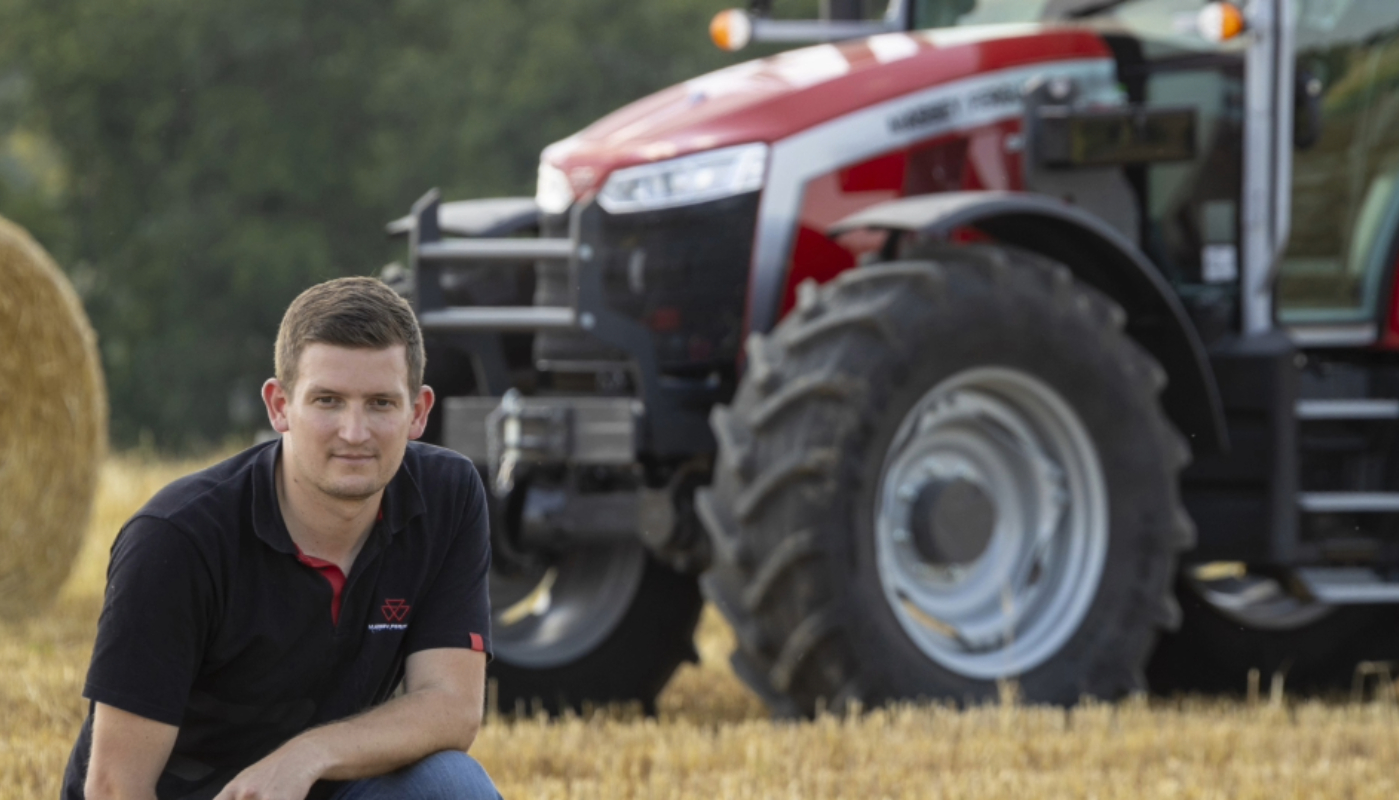
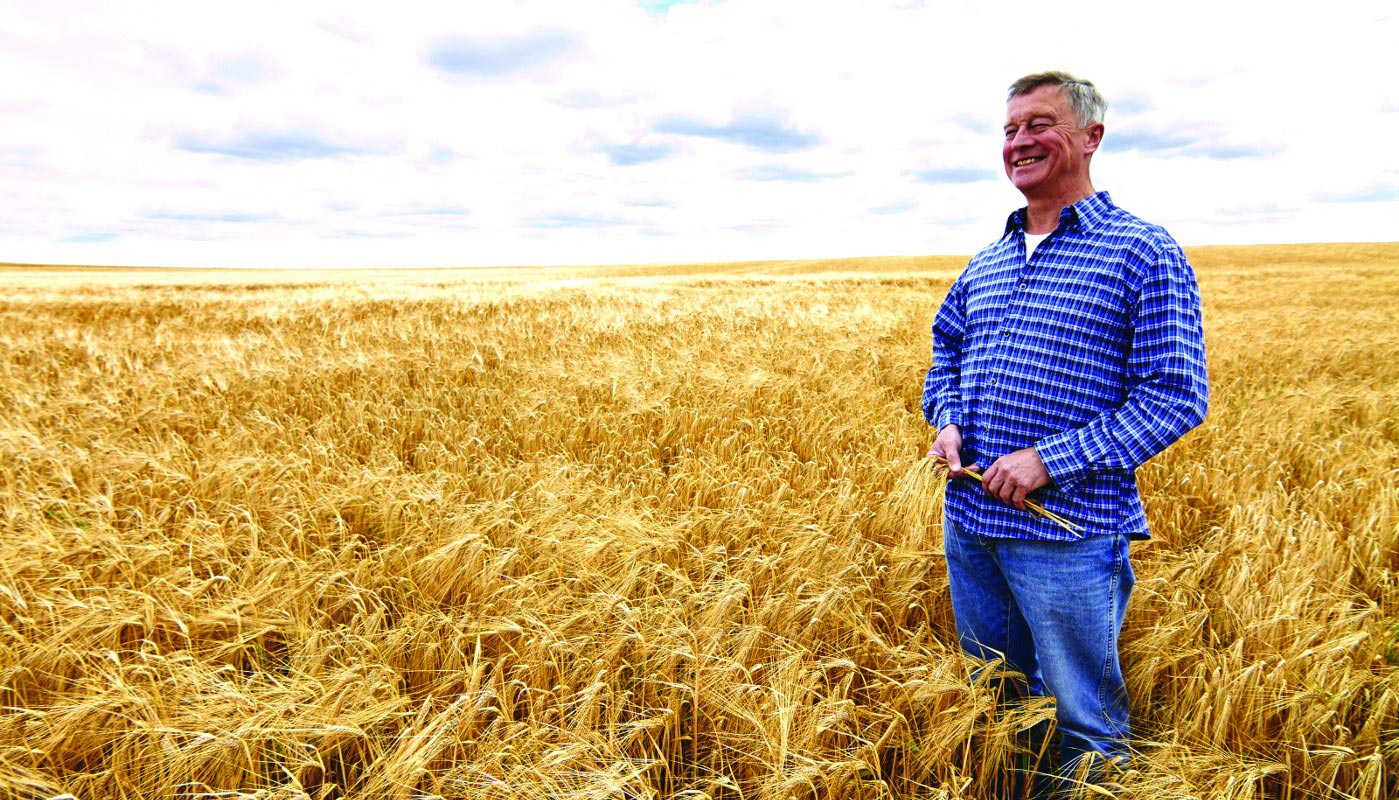
Share